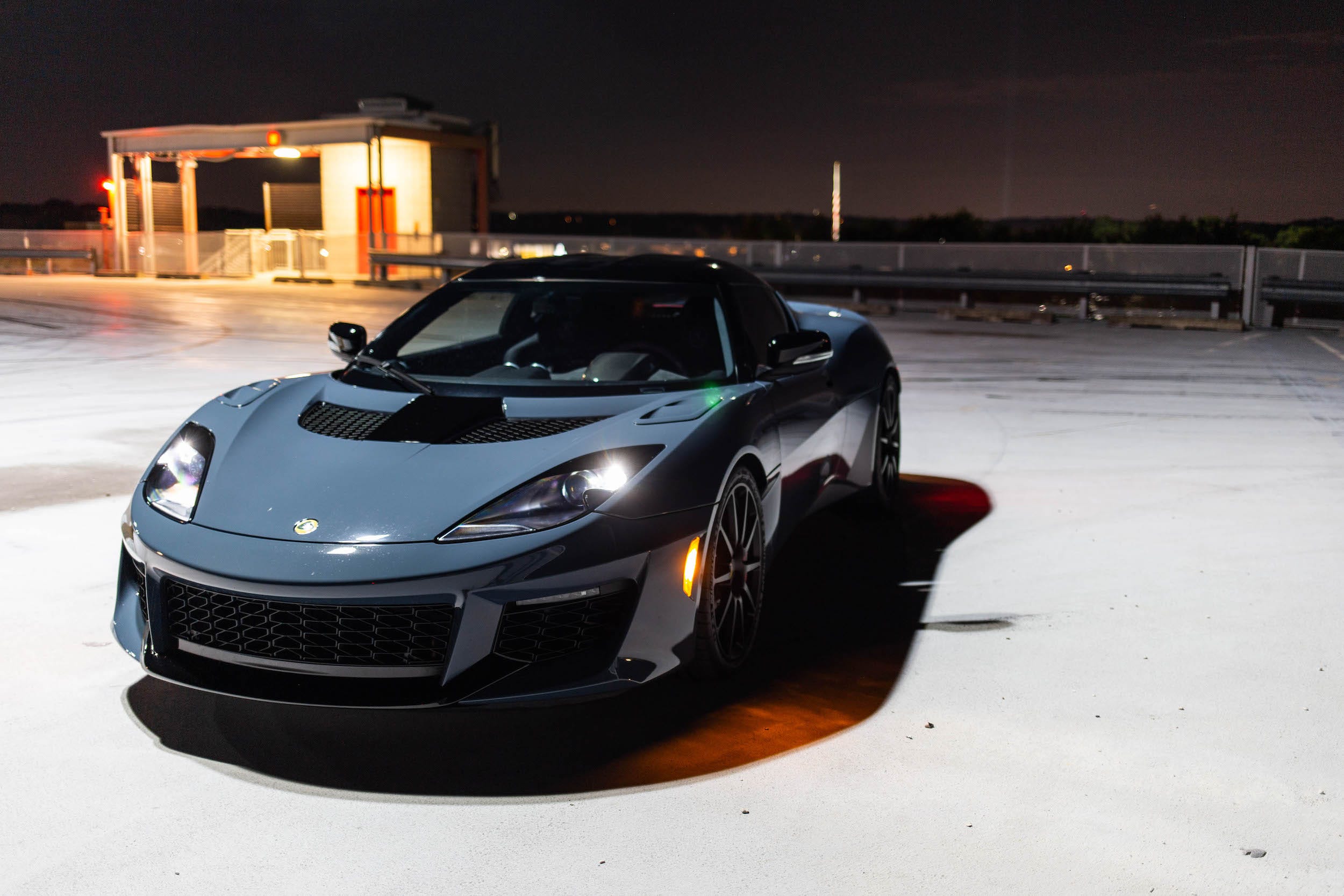
Kristen Lee/Business Insider
- The Lotus Evora GT is arguably the best driver’s car currently on the market.
- It’s a 2020 model, yet its hardware and philosophy basically remain unchanged since it came around in 2009.
- The Evora GT doesn’t have flaws, it has quirks. Quirks such as being loud inside and difficult to get in and out of.
- My loaner had a starting MSRP of $96,950, but after special Airforce Blue paint and a fancy sound system, final MSRP came to $105,550.
- Visit Business Insider’s homepage for more stories.
I should have known.
The moment I put the $105,550 Lotus Evora GT into second gear after pulling out of my garage, I should have known.
Should have known that I — a sick, hopeless, masochistic nerd — would fall in love with a very silly car in about seven seconds. And because you’re reading this, it’s probably because you, too, are a sick, hopeless, masochistic, Lotus-loving nerd.
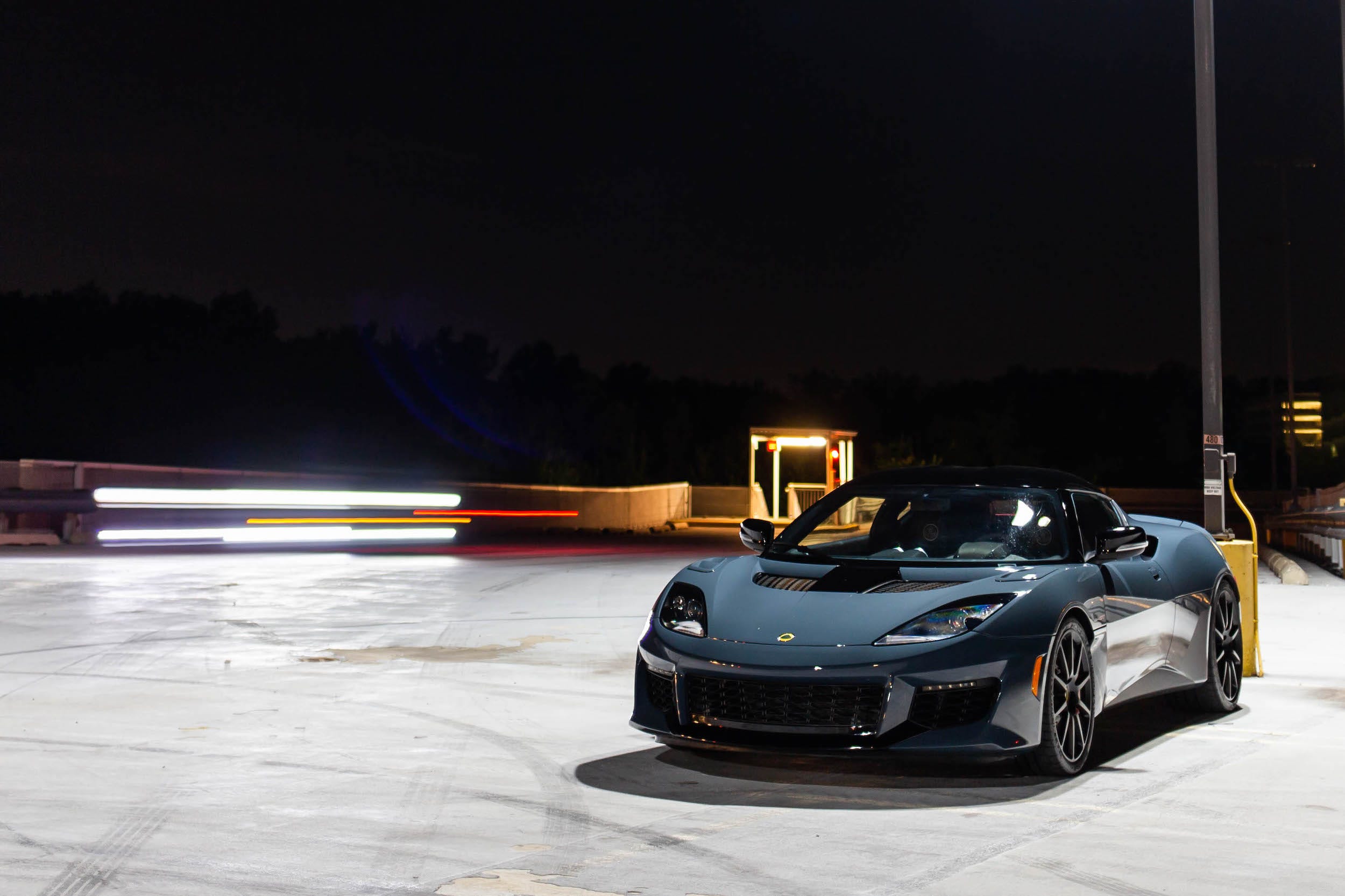
Kristen Lee/Business Insider
Here’s the truth, though: the Evora GT only needs seven seconds to utterly win you over.
The numbers
The Evora is Lotus’ larger, slightly cushier model when compared to the automaker’s renowned Elise sports car. But that isn’t saying much, because the Elise is famously not-large nor particularly utilitarian.
After the Evora launched in 2008 and began production in 2009, Lotus spawned many versions of it as the years wore on: the 400, Sport 410, GT430, et cetera. Last year, the Evora GT was introduced for the North American market.
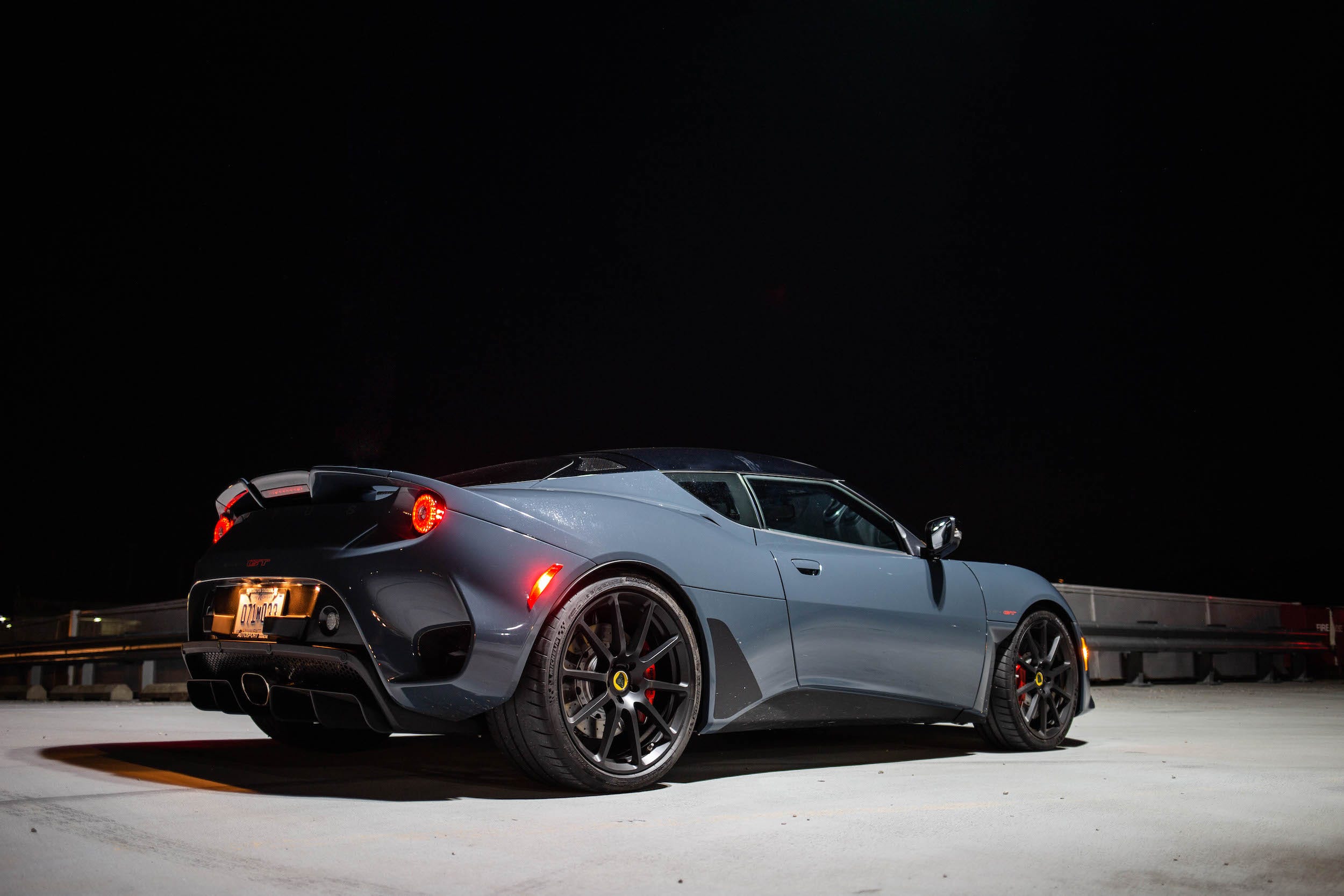
Kristen Lee/Business Insider
Its mid-mounted engine produces a claimed 416 horsepower and 317 pound-feet of torque, driven to the rear wheels from a supercharged 3.5-liter V6 sourced from the Toyota Camry. Weighing in at a feathery 3,104 pounds, the Evora GT is available with either a six-speed manual, which I had, or automatic transmission. I don't think I need to tell you which is my preferred option.
Technically, the Evora GT that Lotus was so kind to loan me for the weekend is a 2020 model. But I'd consider that model-year designation to be in name only; inside, mechanically, philosophically, the Evora is older. Much older.
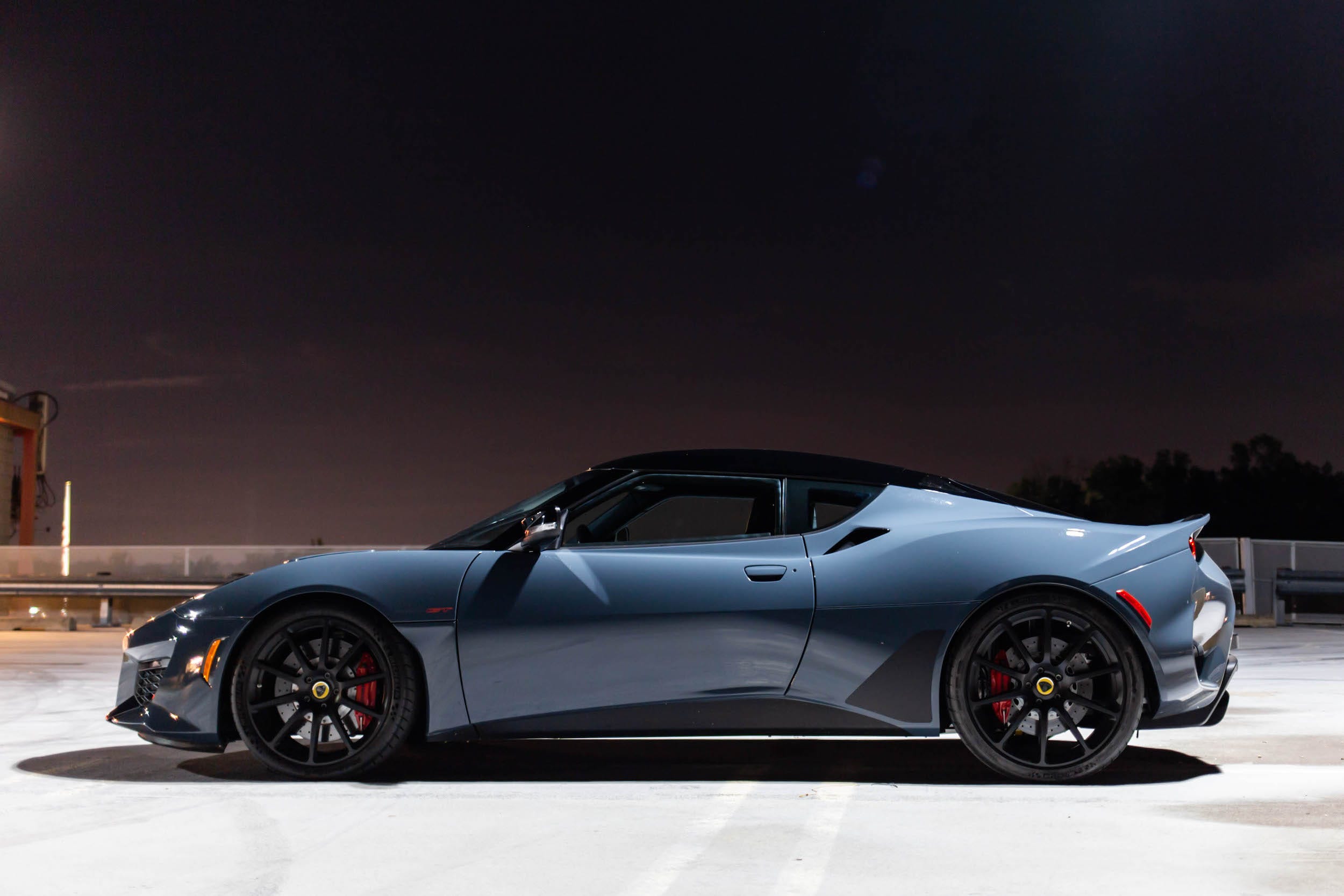
Kristen Lee/Business Insider
In 2009, when the Evora began production, far more cars were supercharged. Far more cars had hydraulically assisted steering systems. In 2009, it wasn't that odd or unusual if your car had a manual transmission.
But now, 11 years later, few cars are supercharged. Many of them have more efficient electronically assisted (see also: very artificial-feeling) steering. Hardly any of them have manual transmissions.

Lotus
The Evora is perhaps the most analog sports car on the market today by virtue of simply refusing to evolve. Everything else fell away around it. (You're also welcomed to speculate that perhaps Lotus, a company so often on the brink of financial collapse, straight up didn't have the cash to innovate. Still, it's charming.)
Features, not flaws
The infotainment screen in the Evora is sourced from Alpine and offers a user interface I'm pretty sure I last experienced during Barack Obama's first term in office. The tire pressure and fuel gauges have the resolution of a Tamagotchi screen. The backup camera offers a picture quality that would rival the crappy spring break video you shot on your Razr flip phone.
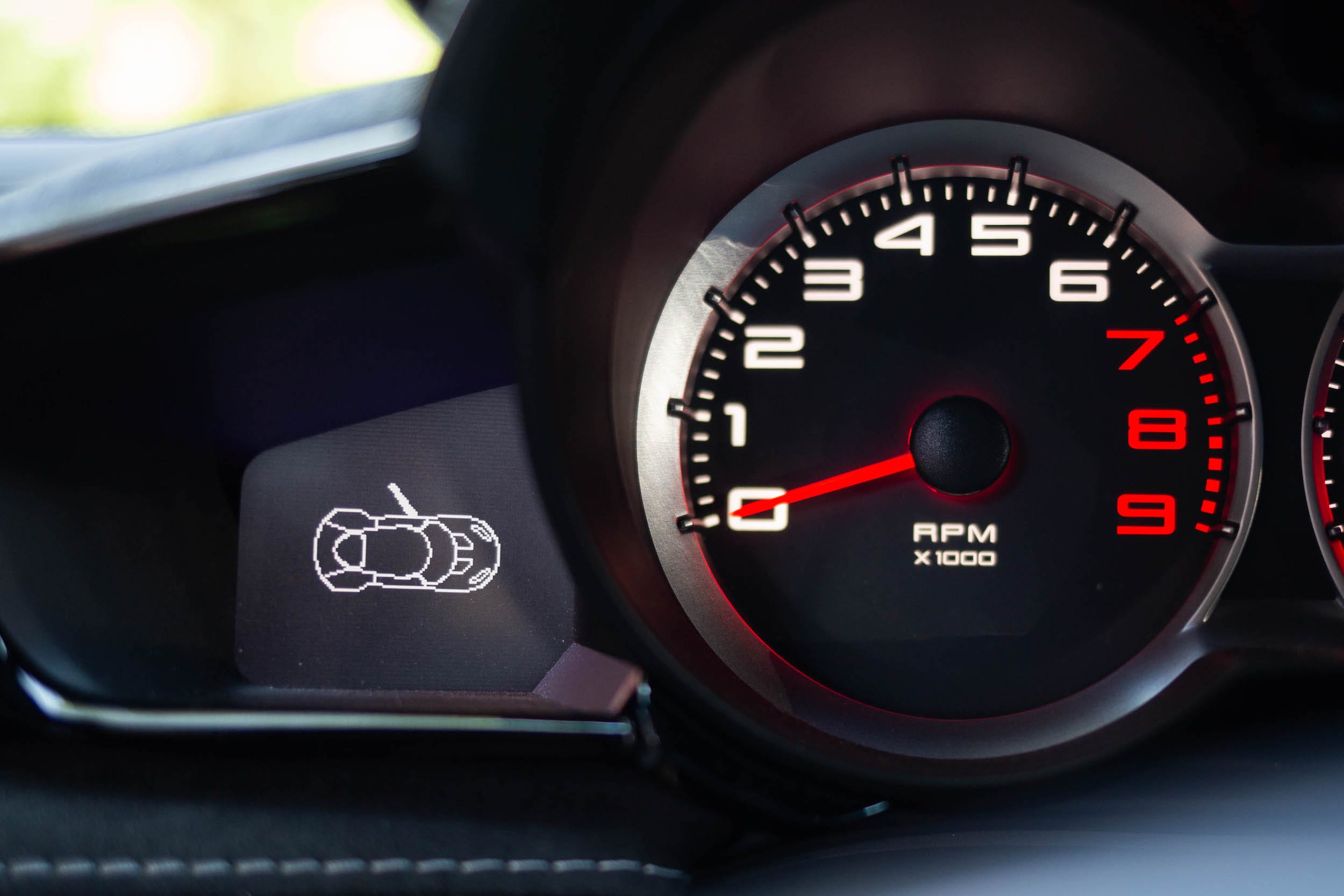
Kristen Lee/Business Insider
The car's immobilizer feature — which prevents the engine from running unless a key is present, something Lotus calls an "automatic vehicle security" measure — hinders both would-be thefts and just about everyone else.
The feature dictates that you must sometimes hit the unlock button on the key before turning it in the ignition and pressing the engine-start button, or else the car won't turn on. (This was explained to me by the nice man who dropped off the Evora. I, in turn, explained it to several confused parking valets and one bewildered car-wash attendant.)
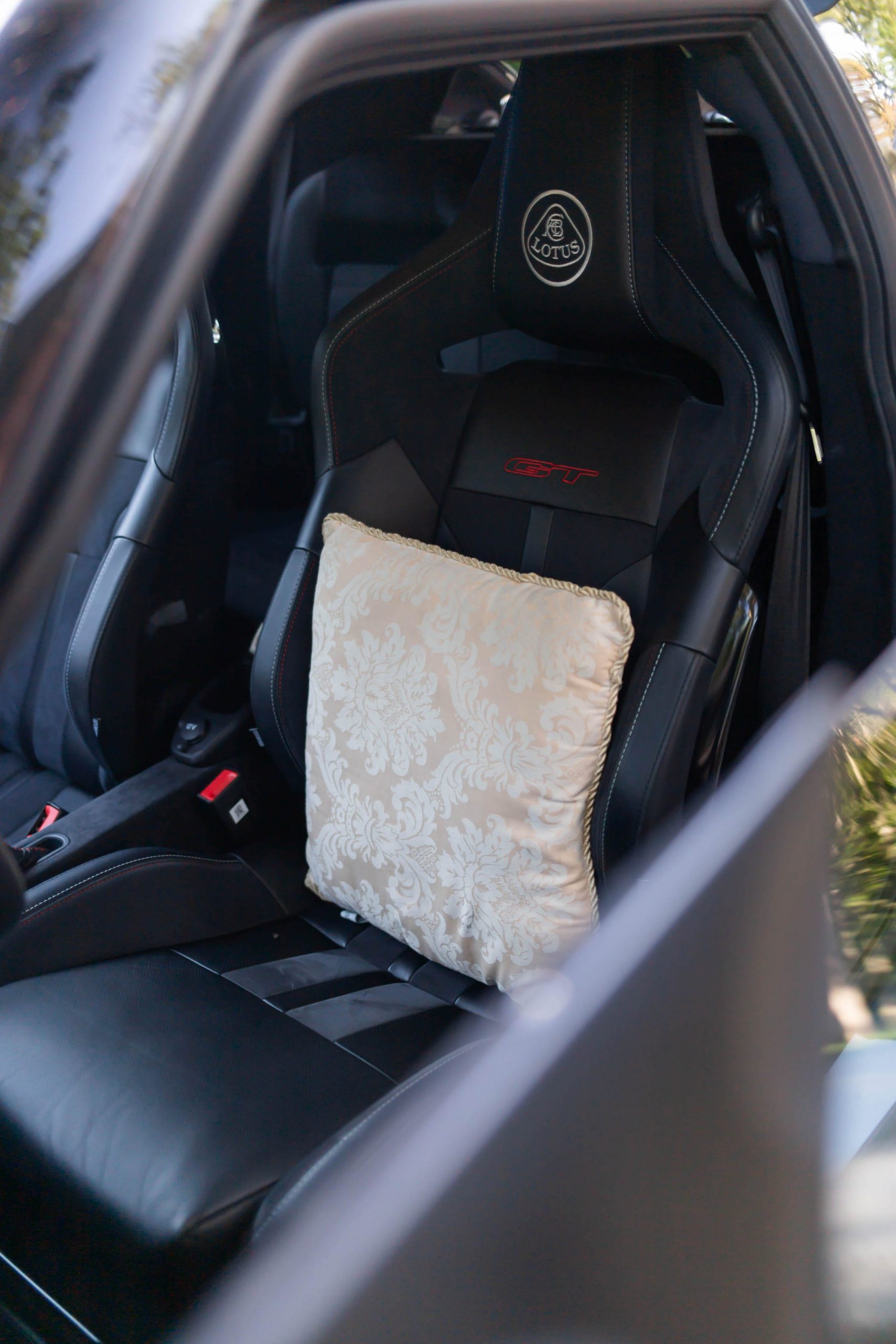
Kristen Lee/Business Insider
Sitting in the Evora means your butt is only about eight inches off the ground, which basically means it's on the ground. The manually adjusted seats did not scoot forward far enough for me to reach the pedals, so I had to supply my own cushion.
The seat also did not raise, which meant that I was seated lower than I am used to. I spent the weekend craning around the car's A-pillars in order to see.
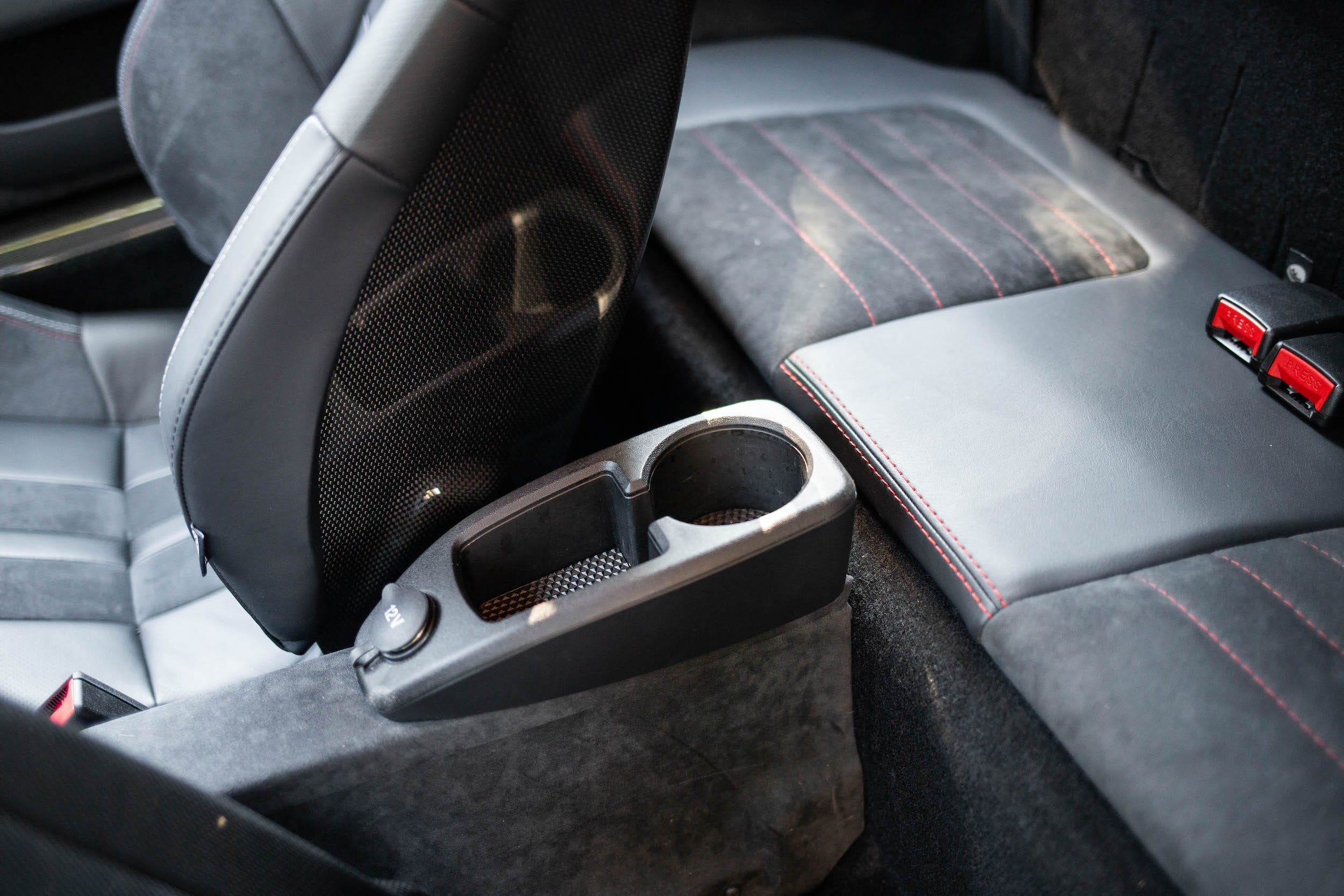
Kristen Lee/Business Insider
I'm also not convinced the interior was designed for actual humans to use or enjoy. The trunk is minuscule and runs toasty, owing to the fact that it sits right above the car's exhausts.
The back "seats" would have a better time fitting a large watermelon than a real person. The one (1) cup holder is so tiny and out of reach that you might as well use the optional extra cup holder, also known as your bemused front passenger.
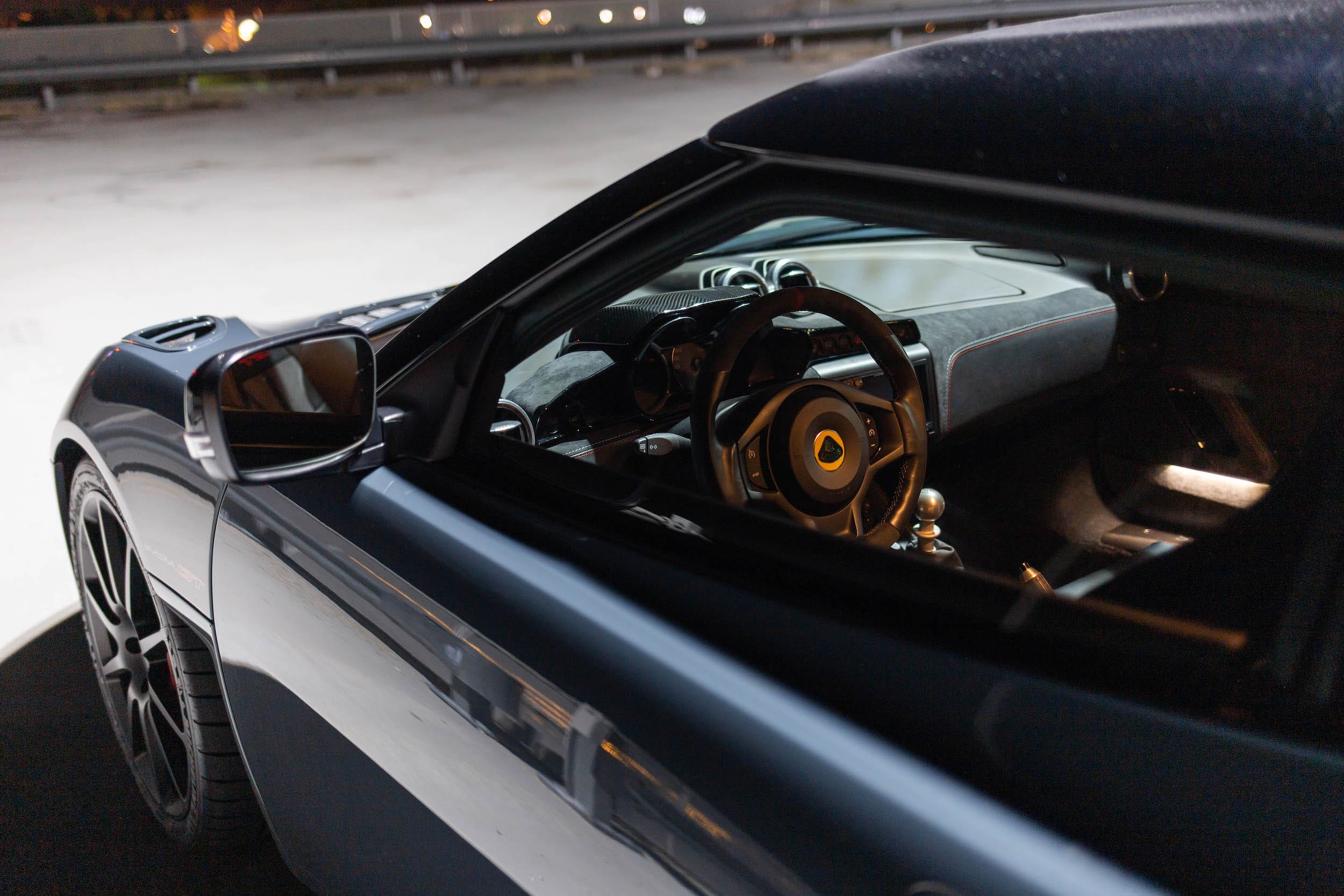
Kristen Lee/Business Insider
If it sounds like I'm complaining a lot, it's because I am. Right off the top of my head, here are six reasons why the Evora GT is bad:
- The clutch is quite heavy
- You sit so low you can't see out of it
- The rear trunk is tiny and gets very hot after extended driving
- There's no hill-assist
- It's very loud inside
- There are barely any interior comforts to enjoy

Lotus
At the same time, here are six reasons why the Evora GT is, in fact, spectacular:
- The clutch is quite heavy
- You sit so low you can't see out of it
- The rear trunk is tiny and gets very hot after extended driving
- There's no hill-assist
- It's very loud inside
- There are barely any interior comforts to enjoy

Kristen Lee/Business Insider
As soon as you start driving, you won't care that you can't see out of it. The loudness won't bother you because the engine sounds incredible. You learn to balance the heavy clutch everywhere, including on steep hills.
You get used to packing light and being OK with hot luggage after a long drive. You laugh at the contortionist exercises you have to perform to get in and out of it. You leave behind petty desires for earthly comforts such as soft leathers and pillowy suspension.
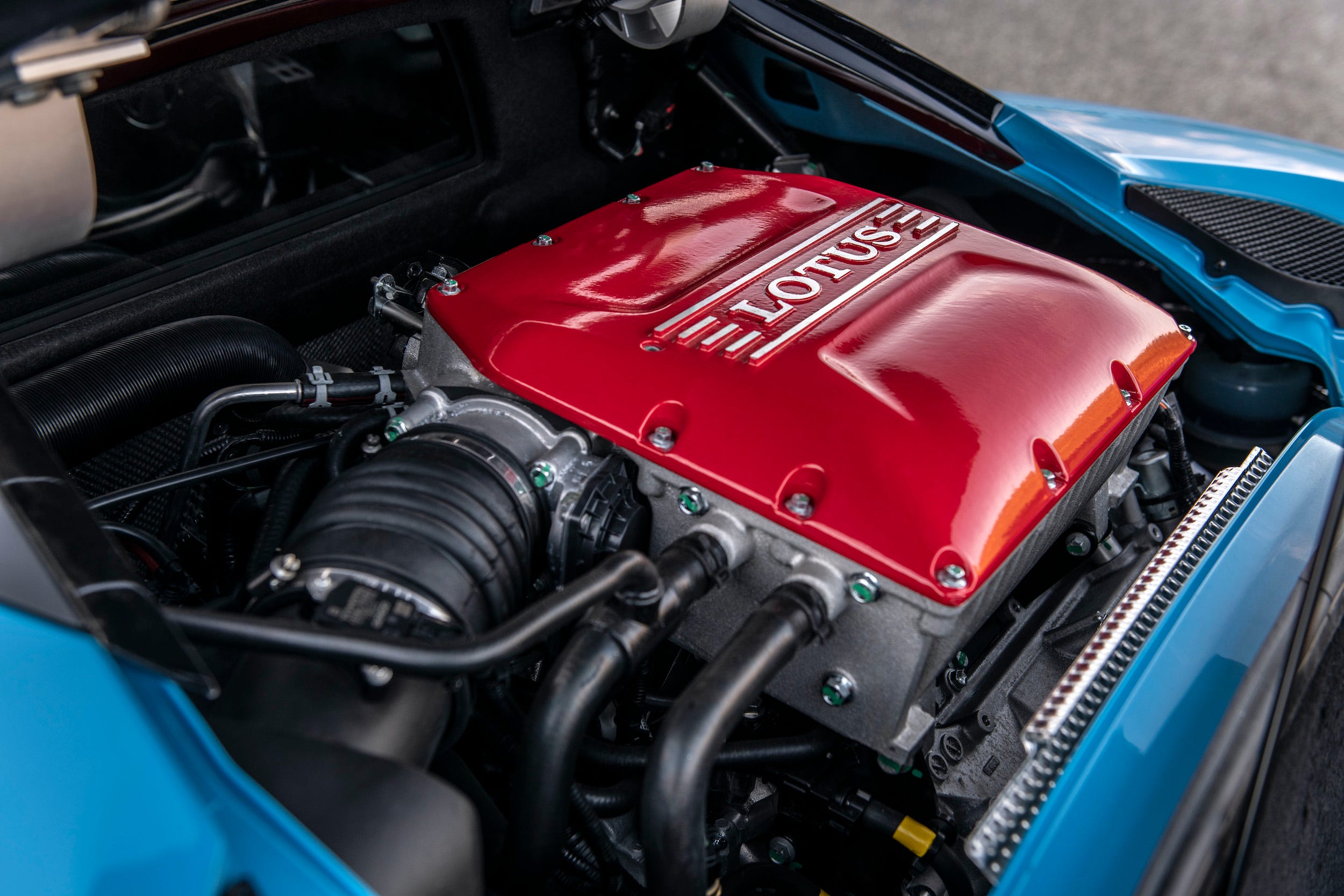
Lotus
The Lotus doesn't have flaws; it has quirks. These aren't weaknesses; they are features — unique to an old car masquerading as a new one and completely endearing to the punishment-loving freaks who value the simple, tactile act of driving above everything else.
Driving the Evora GT kicks you in the ass and leaves you begging for more. It's all about the experience. Is your body ready?
Time travel
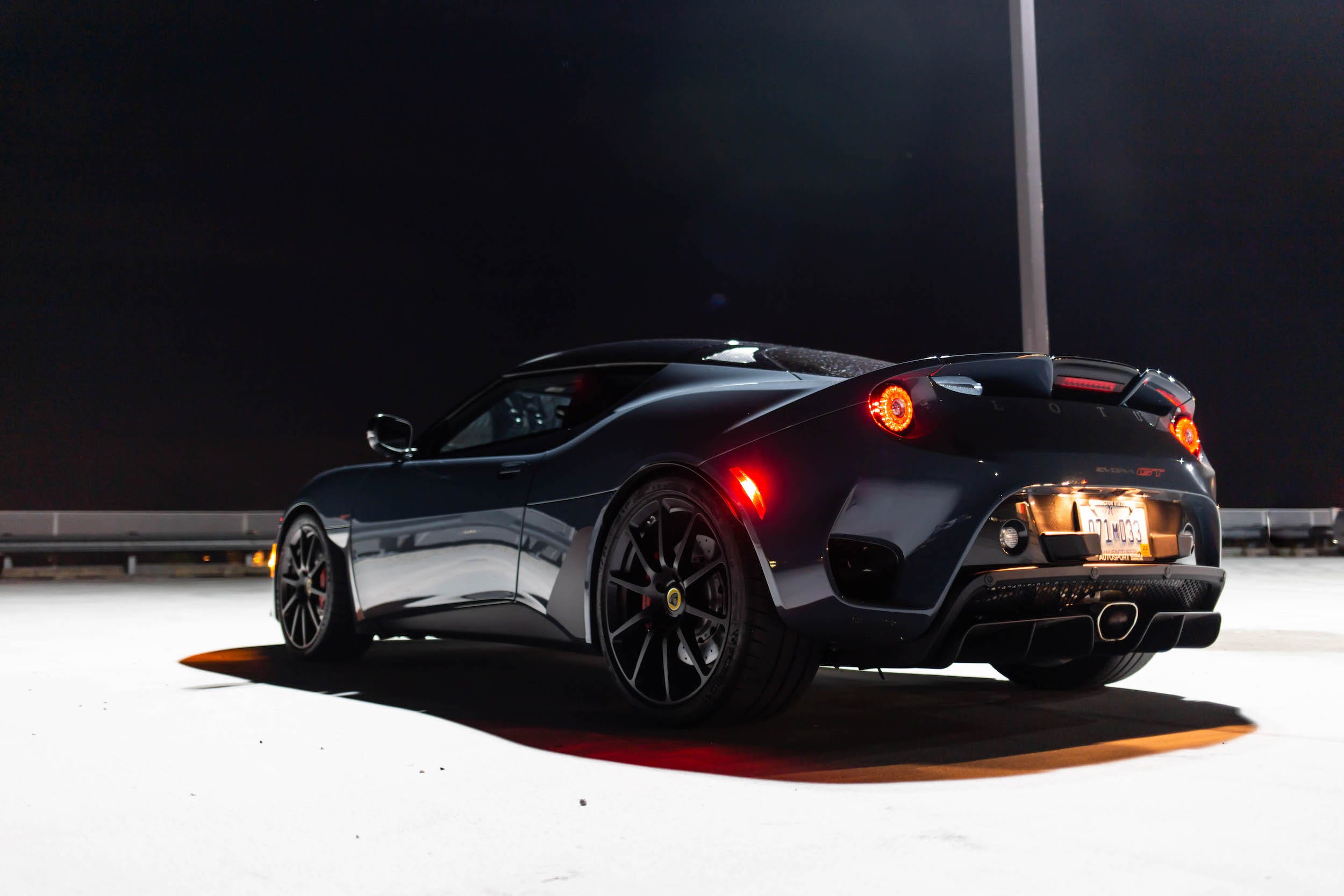
Kristen Lee/Business Insider
Fire up the engine and it settles in a raspy idle behind you, sending trembles through the cabin like a snarly live thing. There's effort required to putting in the heavy clutch, but the car is so light and has so much torque that you don't need to give it any gas to get it moving. It makes the Evora GT the perfect manual transmission stop-and-go traffic commuter.
The transmission itself is outsourced from Aisin, an automotive company whose clients include major automakers like Mazda, Subaru, Honda, Volvo, Toyota, and others. But a company rep told me Lotus completely rebuilt the unit, with major changes going into making first and second gear taller.
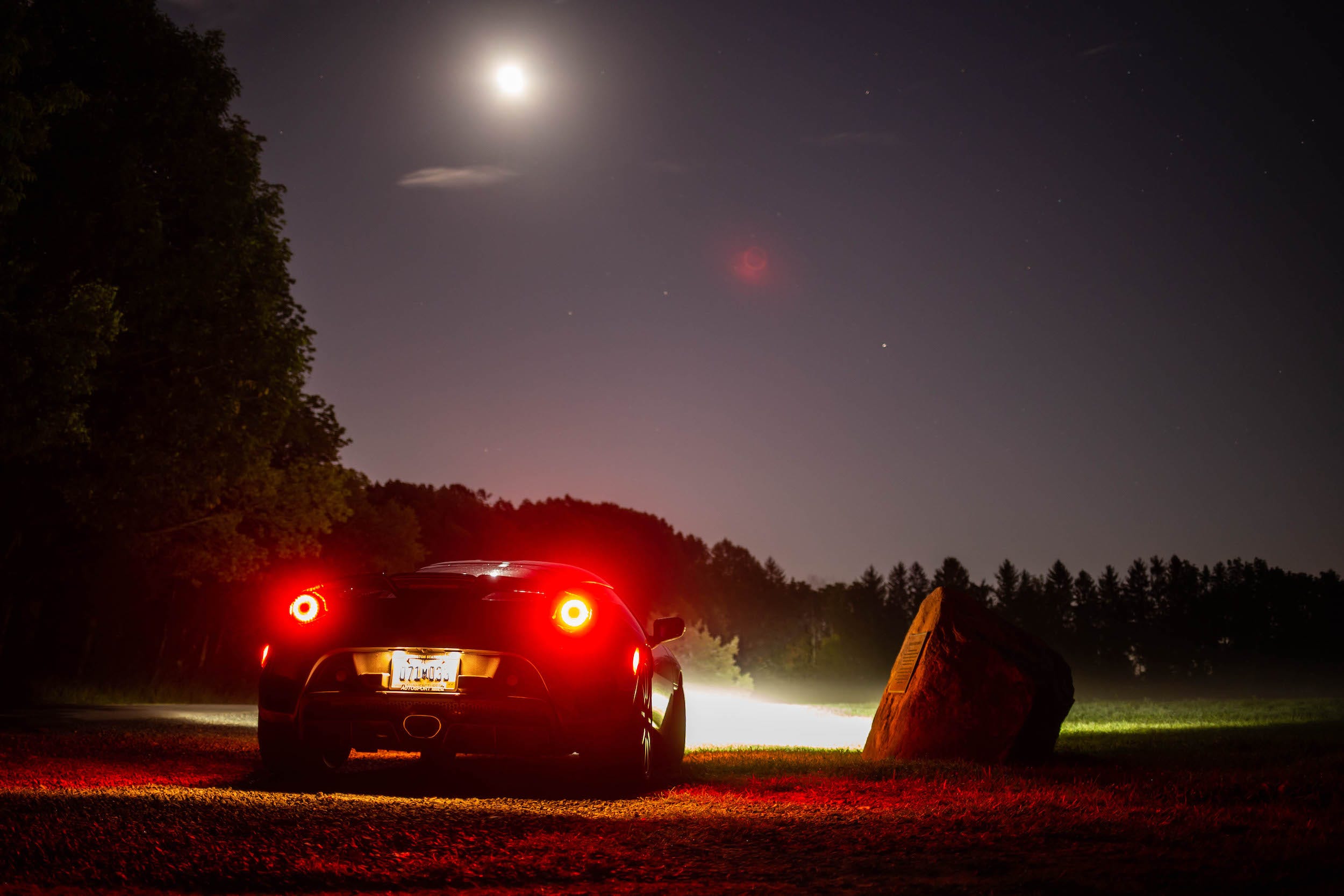
Kristen Lee/Business Insider
This makes the car feel like it wants to be revved into forever when in first and second gear (and also third and fourth). The short-throw shifter slots into the tightly housed gates with a sharp, precise rifle-bolt action, articulating the feel of the industrial clunking and sliding beautifully up and into your fingertips.
The tiny, lightweight, magnesium steering wheel could have come from a go-kart, but the Evora GT's steering is so acutely tuned that even the gentlest toggle results in a wiggle of the front wheels. Power delivery is beautifully linear and predictable; no hiccups from a lag in the nonexistent turbos. The supercharger provides substantive punch down low in the revs, pulling mightily to redline with its signature whine.
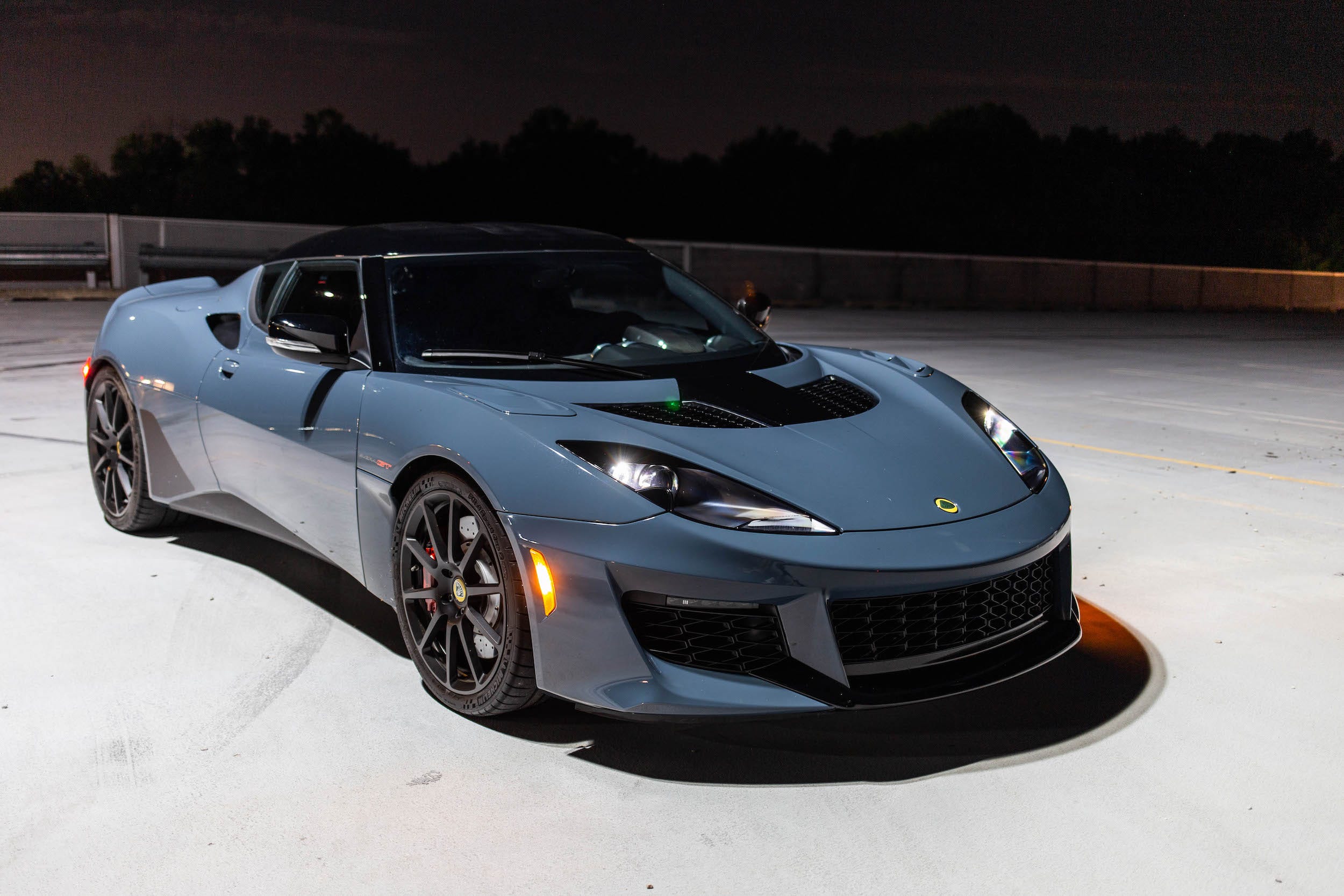
Kristen Lee/Business Insider
At approximately 4,000 rpm, valves in the exhaust system open up. The Evora GT then goes from emitting merely buzzy growls to a full-throated, burbling V6 roar. The noise is not unlike the howl of a Nissan GT-R — and from a V6 out of a freaking Camry! My friends, I saw God.
By way of design, the Evora GT's balance is superb, thanks to the engine being placed between its axles. The car behaves like a dancer, pivoting around one central point under higher-speed and more urgent cornering. You're challenged to push further, to corner harder. Your confidence grows with the information fed up through the steering wheel.
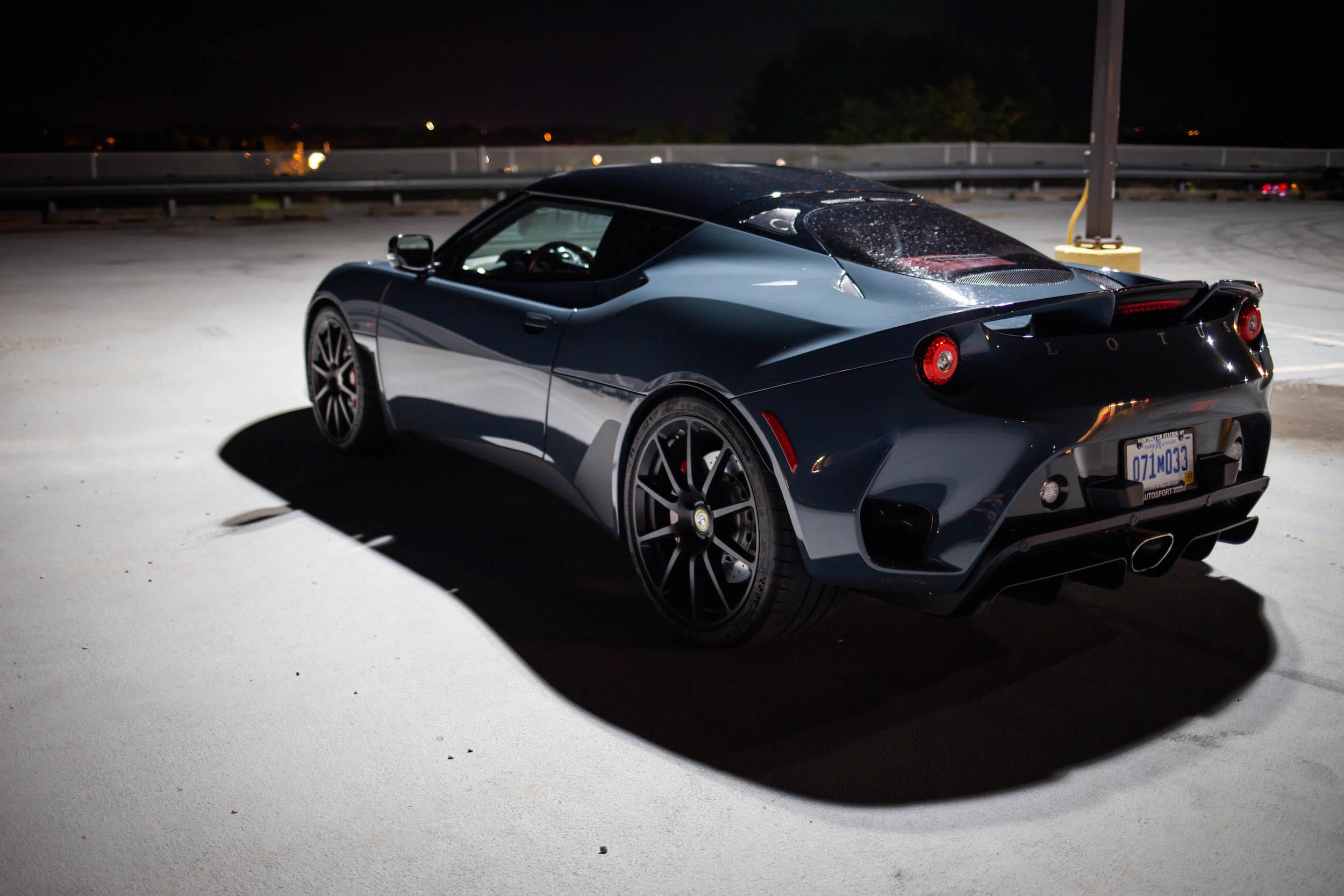
Kristen Lee/Business Insider
The Evora GT isn't slow by any means, but rather just fast enough. Its 416 horsepower is so perfectly proportioned with its 3,104-pound weight that you can have a hilarious time exploring the car's abilities and not go to jail immediately for speeding.
The human race has not yet achieved time travel, but getting into a Lotus is the closest thing to going back in time. Driving the 2020 Evora GT was like driving a car from 15 years ago. It was a time capsule riding on Michelin Pilot Sport Cup 2s.
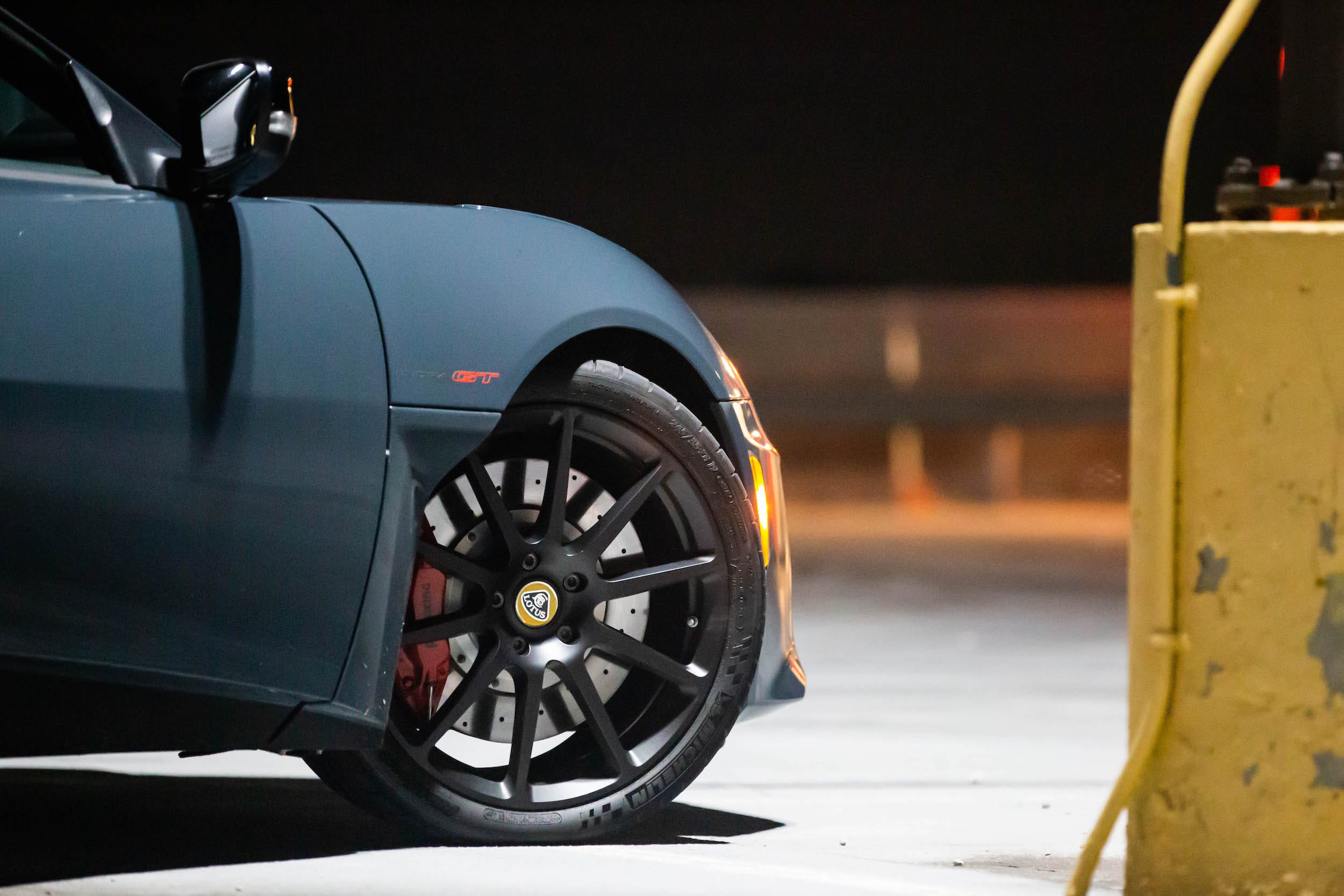
Kristen Lee/Business Insider
The Evora GT is a car you wear, not drive. It fits like a glove, reacting to the road seemingly as a response to your intent instead of physical input. It is the closest you can get to riding a motorcycle without actually getting on one. That sense of vehicular freedom and dogged impracticality are very nearly the same.
Certainly, you could buy yourself a Porsche 718 Cayman. That would be a great choice — the mature one, even — because you'd be getting a new car that largely accomplishes the same things the Lotus does. Underneath the $5,900 Airforce Blue paint, the Evora GT's hardware is positively retro.
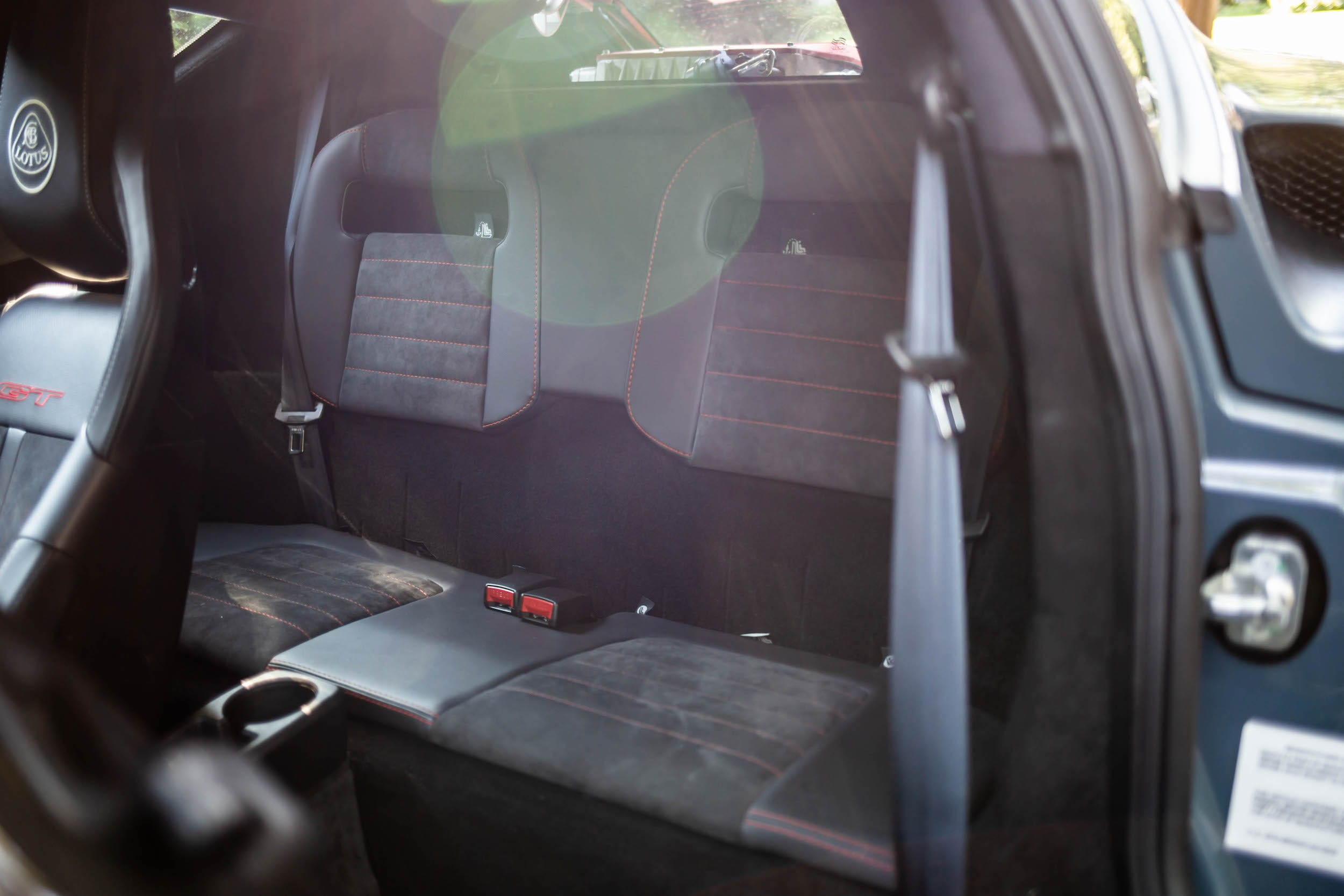
Kristen Lee/Business Insider
But here, retro gets the job done. You don't need the latest technology to make the time-honored act of driving great.
The last of its kind
I can't imagine cars like the Evora GT have much longer on the market.
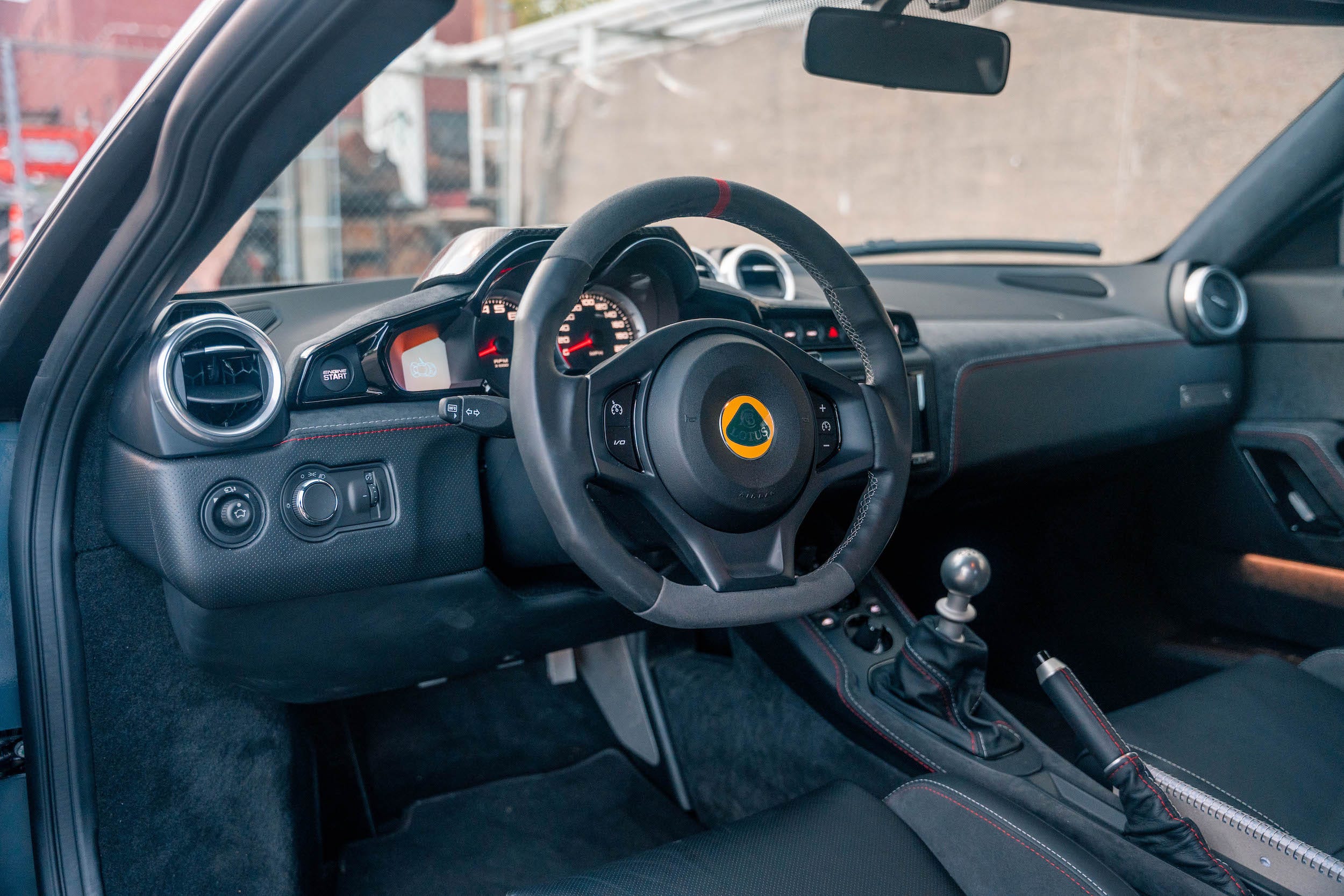
Lotus
As such, the Evora is already a standout in age and technology. This isn't to say that the car isn't outstanding, but as time goes on, we move a little bit further away from the world and market the Evora was born into. Other sports cars of that day and their successors — the BMW M3, Chevrolet Corvette, Porsche Cayman, Ferrari F430, Audi R8 — have all gone either turbocharged, removed their manual transmission options, or both.
With each passing day, the Evora becomes a little less relevant — and as is, it's already made by a little-known boutique British automaker.
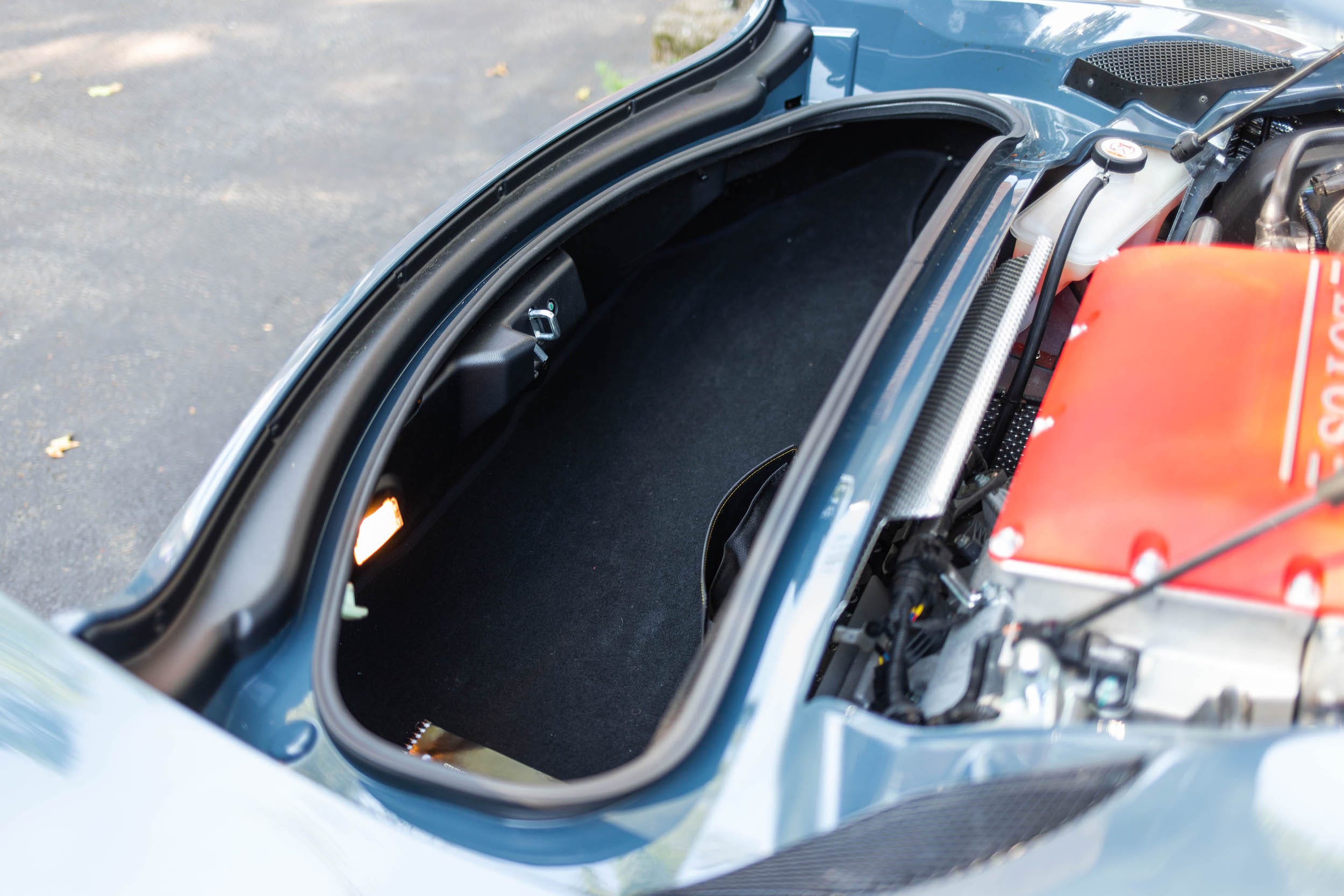
Kristen Lee/Business Insider
In 2017, Geely, the massive Chinese automotive company that also owns Volvo and Polestar, bought a 51% stake in Lotus from a Malaysian car company called Proton. Whatever Lotus does next, including its all-electric Evija supercar, will have Geely fingerprints all over it.
And if Geely's ideas for Lotus are anything like what we've seen with the other brands it controls, then it's probably safe to say Lotus is headed fully in the electrified direction, too.
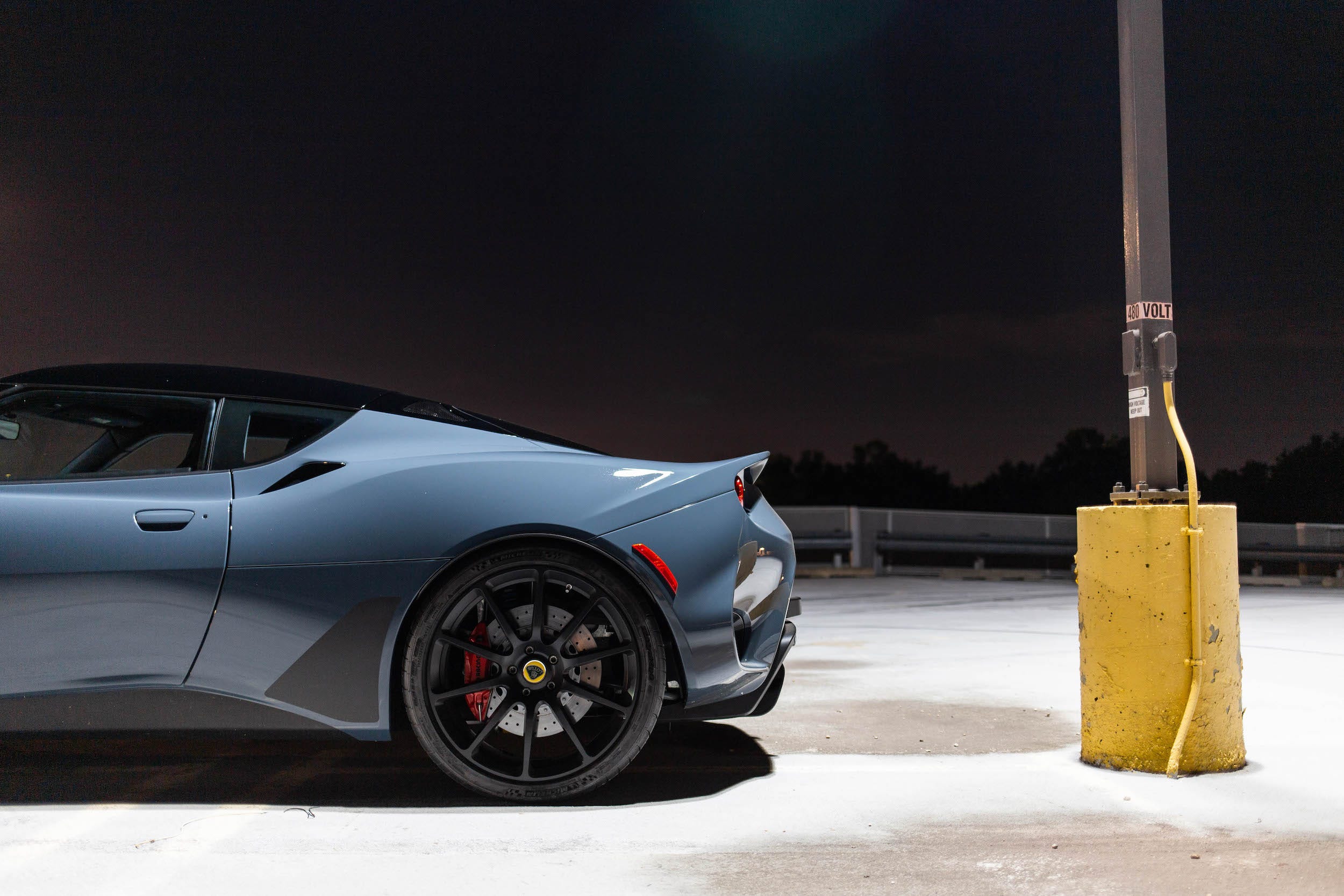
Kristen Lee/Business Insider
It makes thinking about the Evora GT even more bittersweet. Especially now, with the way people shop, there's really no return on investment to keep selling a loud, rattly car with a manual transmission.
I welcome our EV and emissions-free future. I truly do. It'll be good for all of us. But it doesn't mean that I won't miss wonderful cars like the Evora GT. Nerds like me — all 26 of us, loud and proud — love Lotuses because they are egregiously impractical, incredible to drive, and contrary to just about every aspect of a soul-numbing SUV.
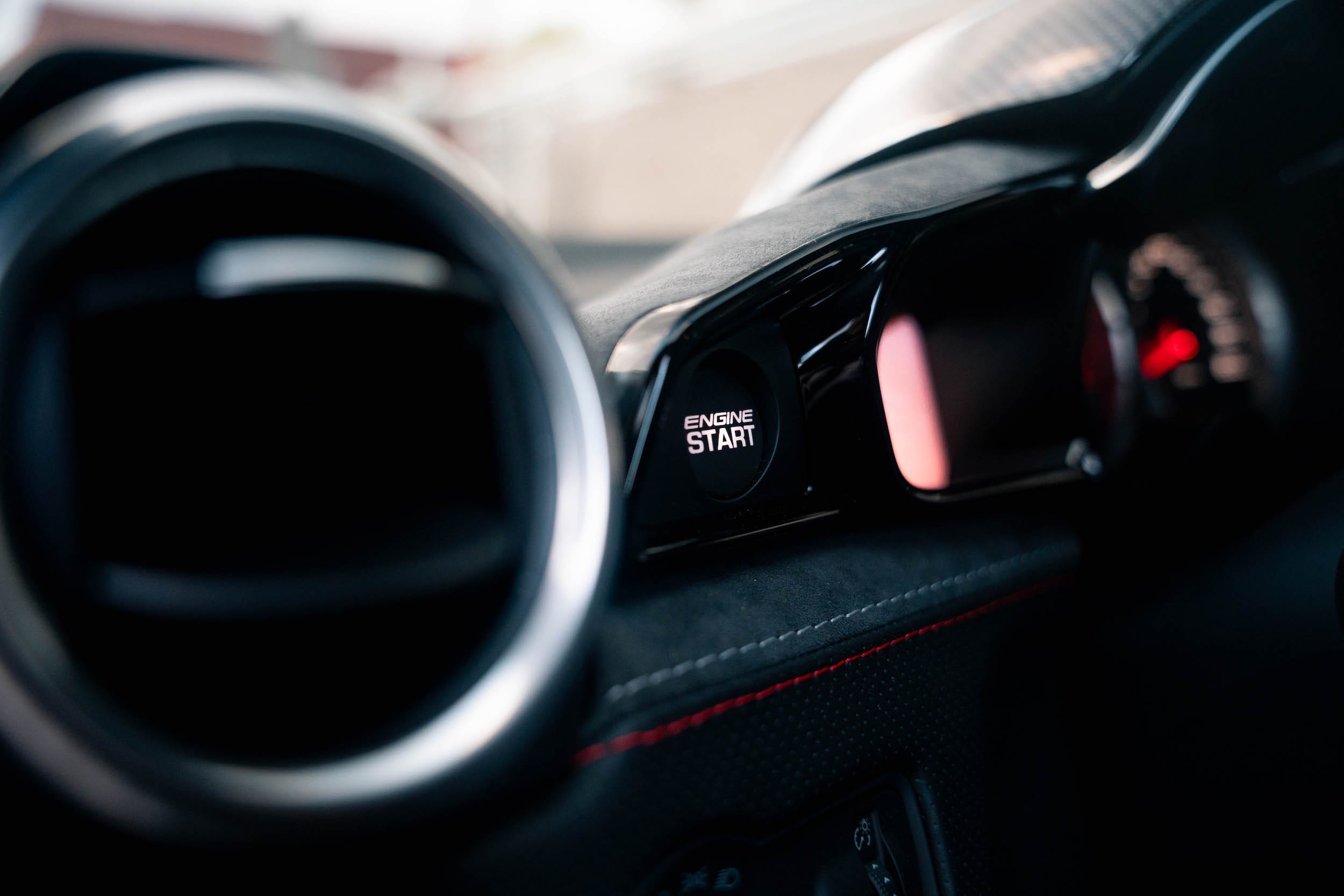
Lotus
We're one and the same, this Evora GT and me. I think it takes a bit longer than seven seconds to fall in love with me, though you'll have to ask around. I've never fallen in love with myself before. And I have tried.
But we're both a little brash, a little uncouth. We're both in it (life, the act of driving) for the fun of it and definitely not for the practicality. We both look killer in blue.
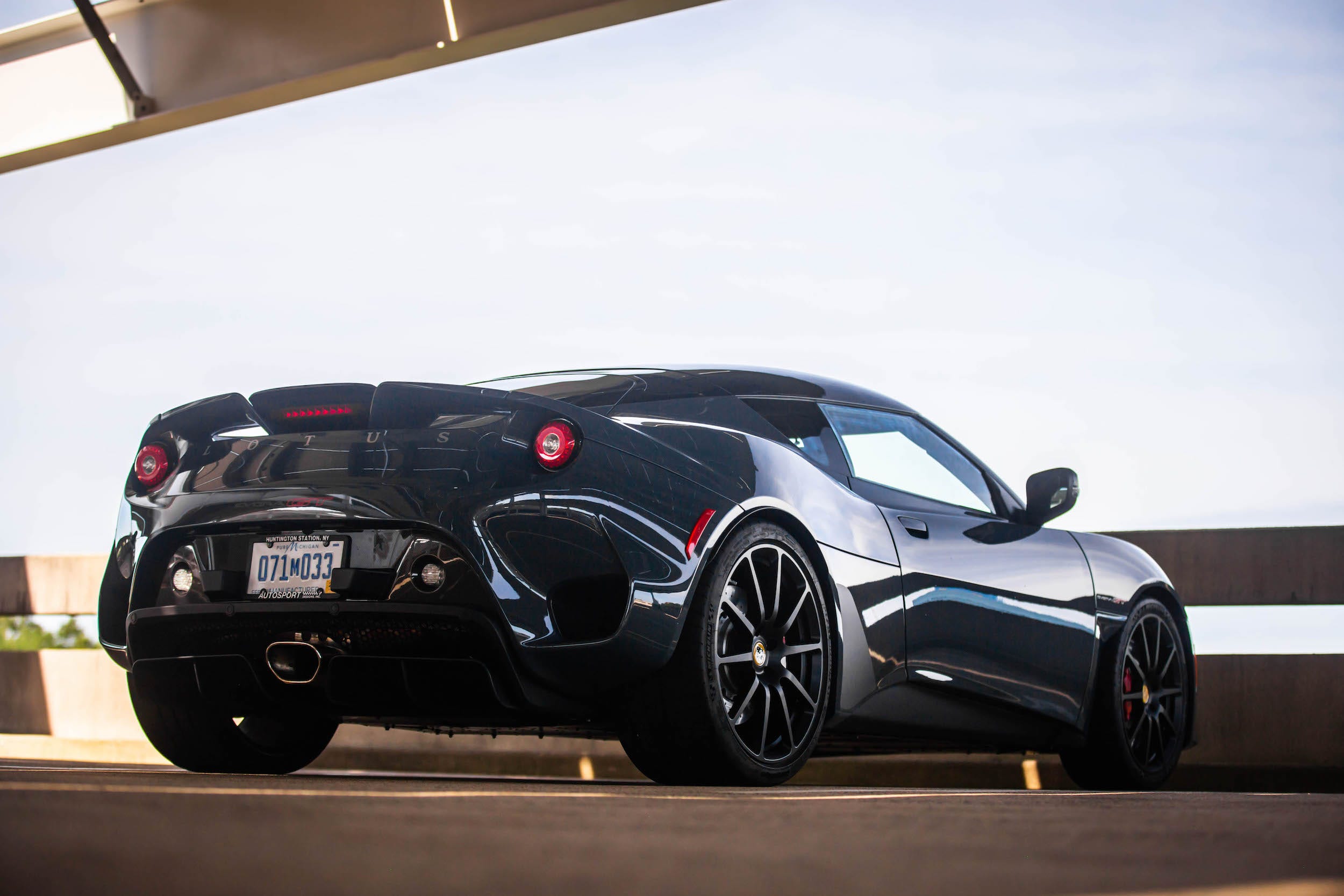
Kristen Lee/Business Insider
And we both recall 2009 fondly — a year when flare jeans were in, people still updated their Myspace pages, "Gossip Girl" and "True Blood" were at their height, I got my driver's license, and the Lotus Evora arrived as largely the same car that it is today.
If that isn't peaking, then I don't know what is.
♦♦♦
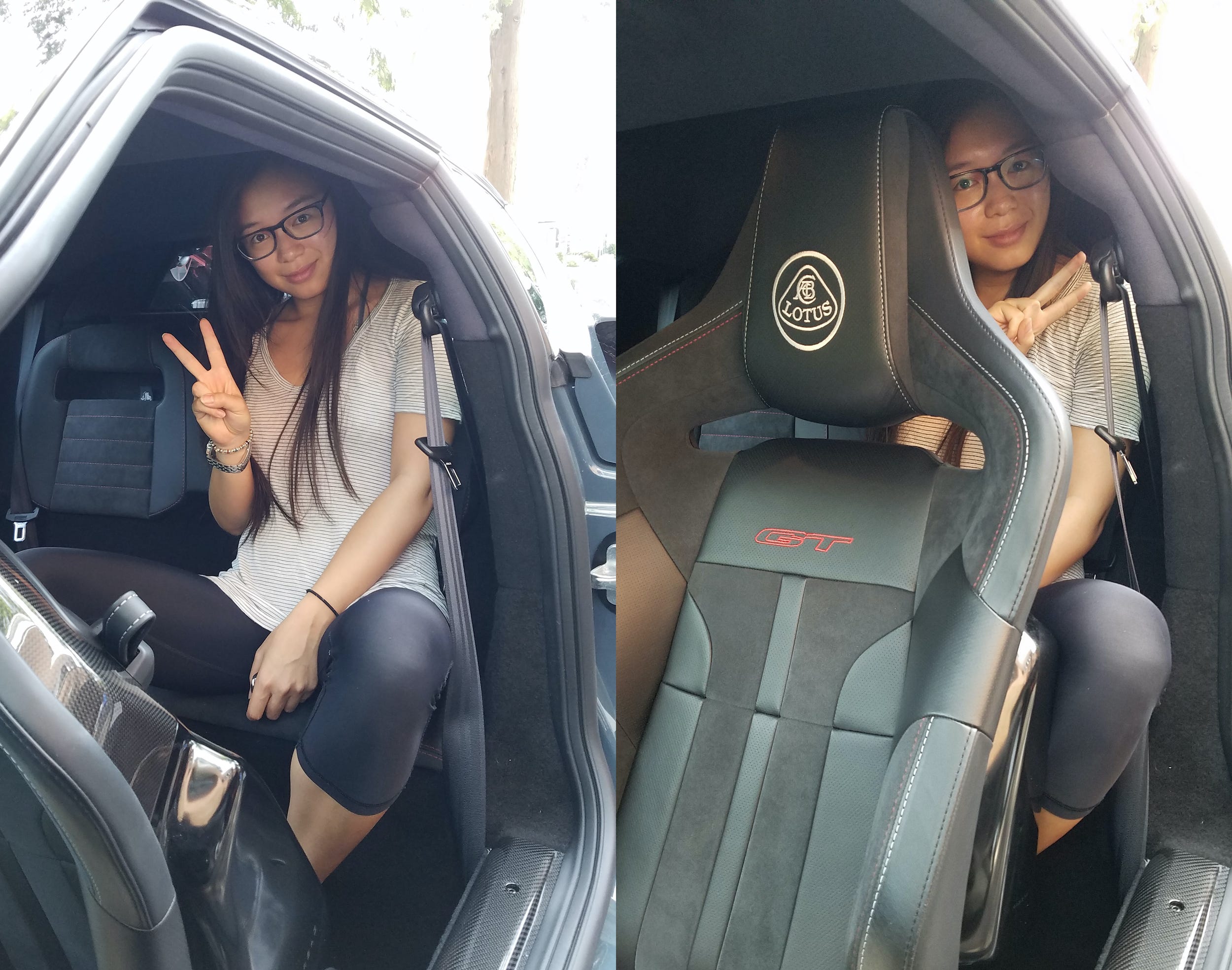
Kristen Lee/Business Insider
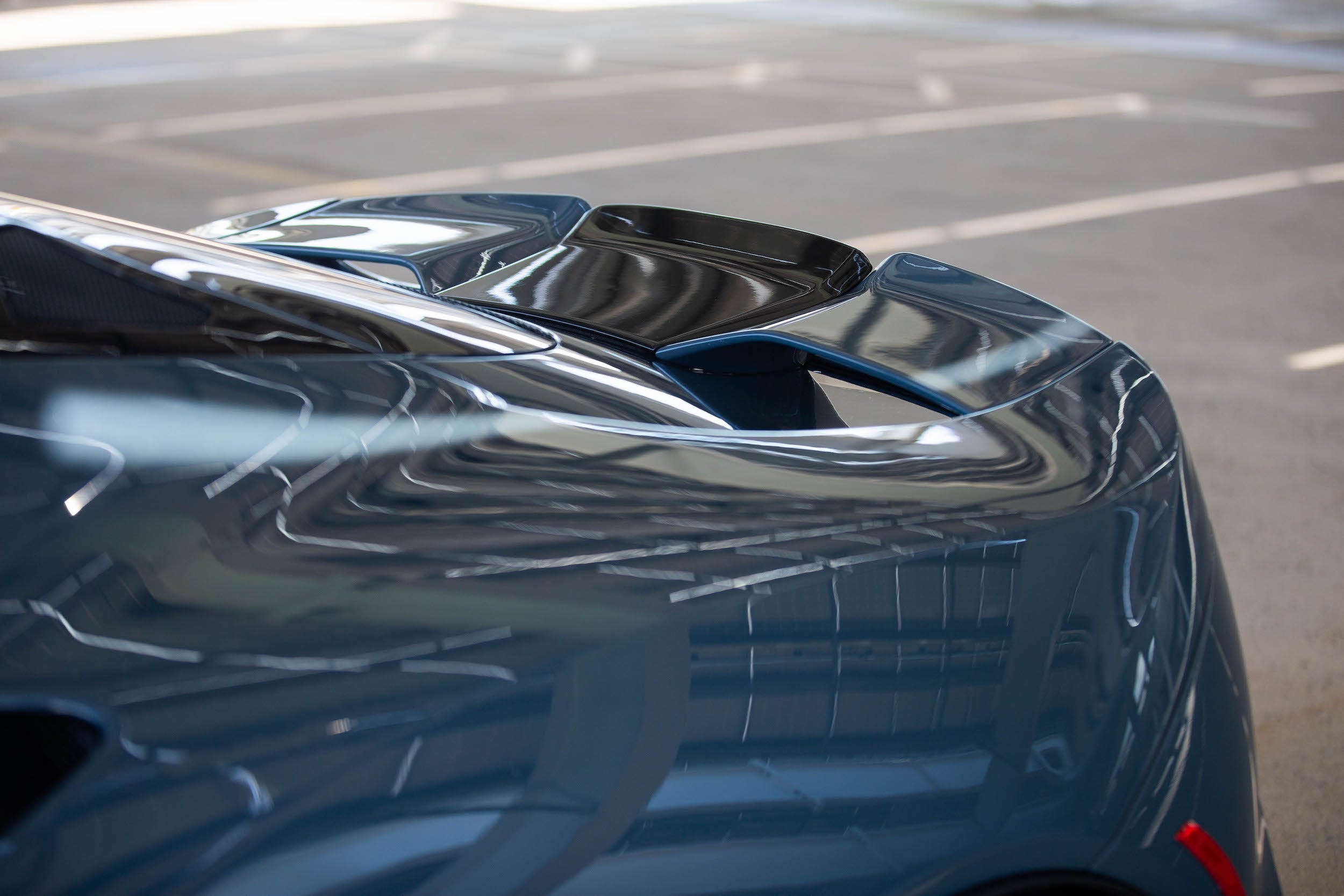
Kristen Lee/Business Insider
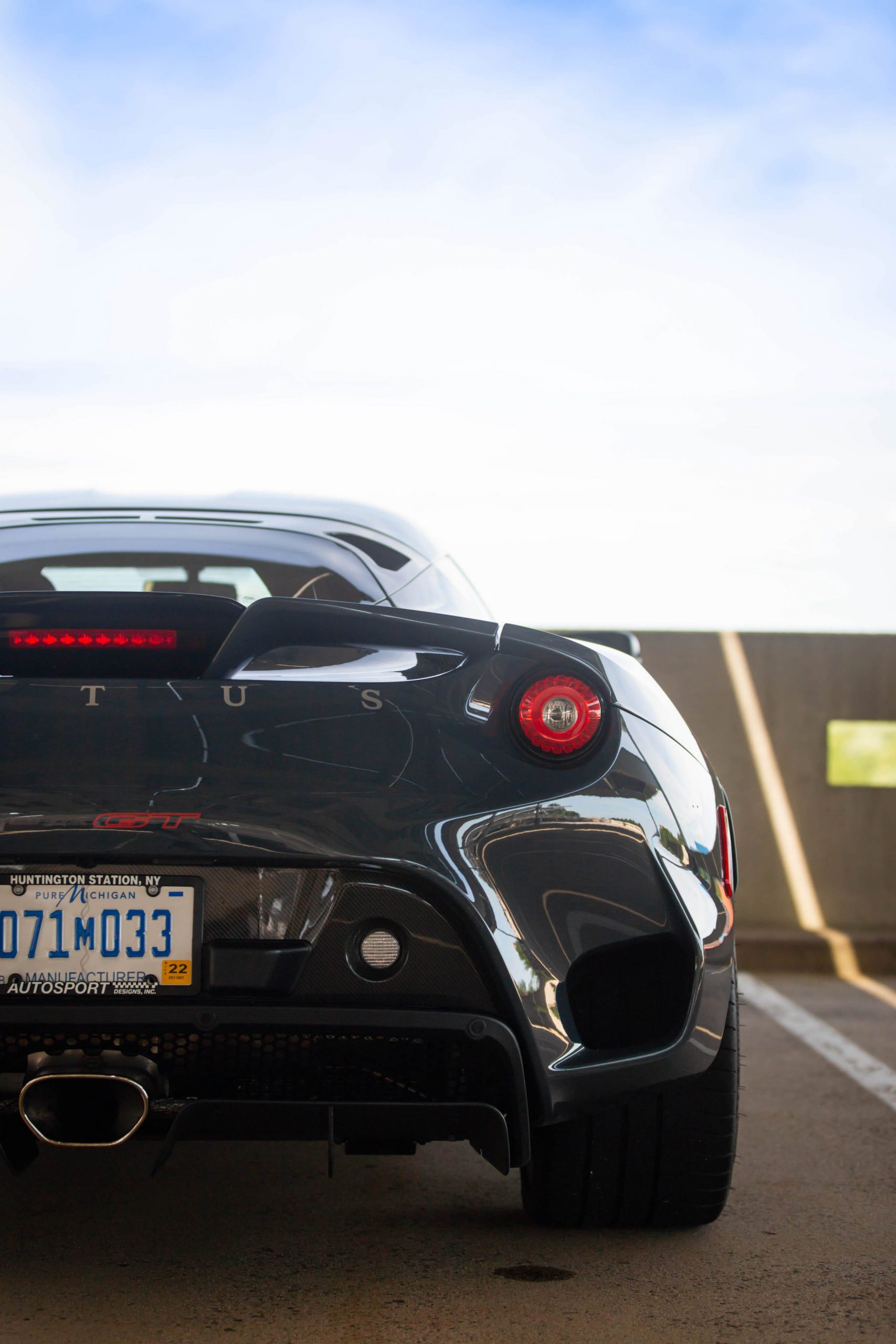
Kristen Lee/Business Insider
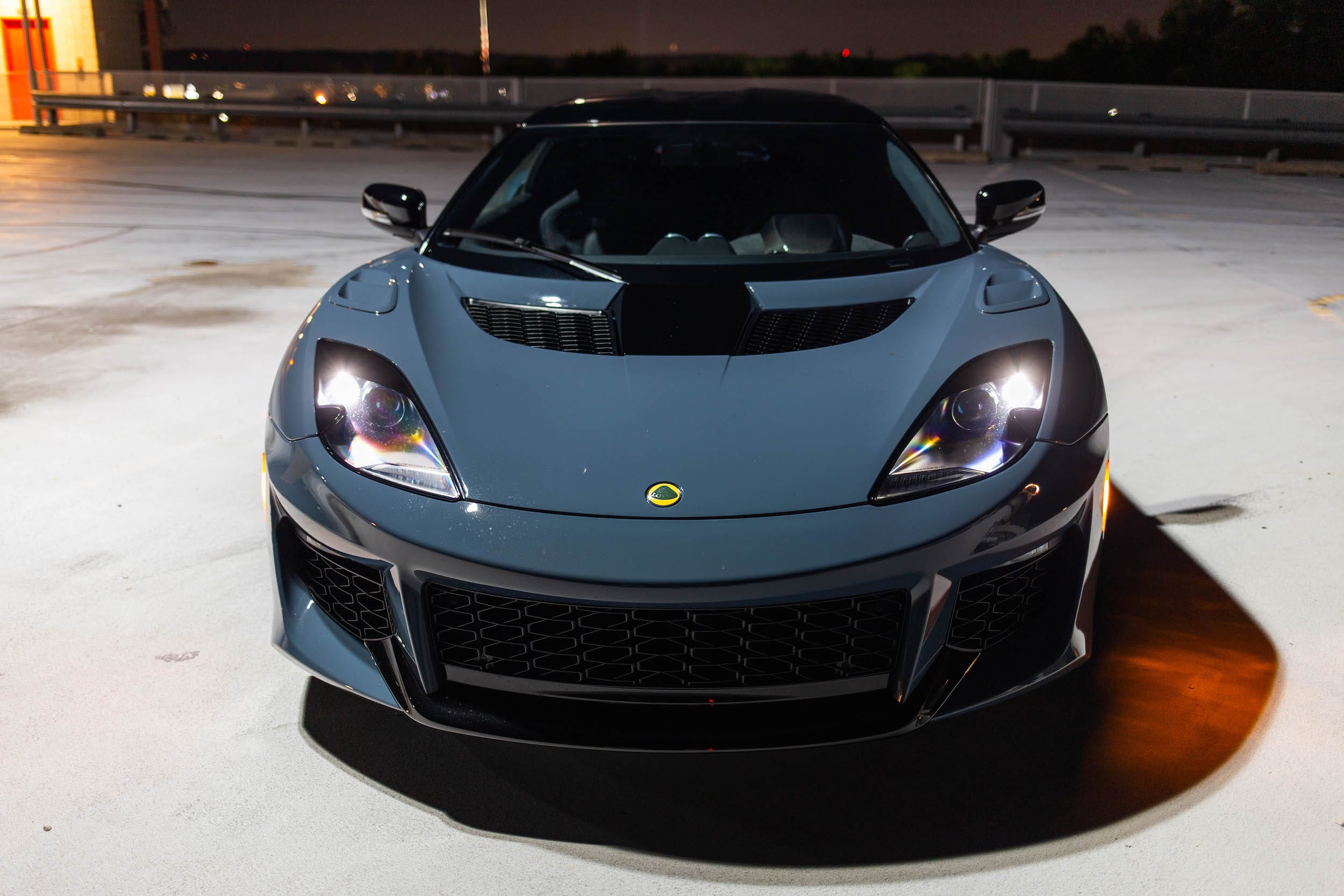
Kristen Lee/Business Insider
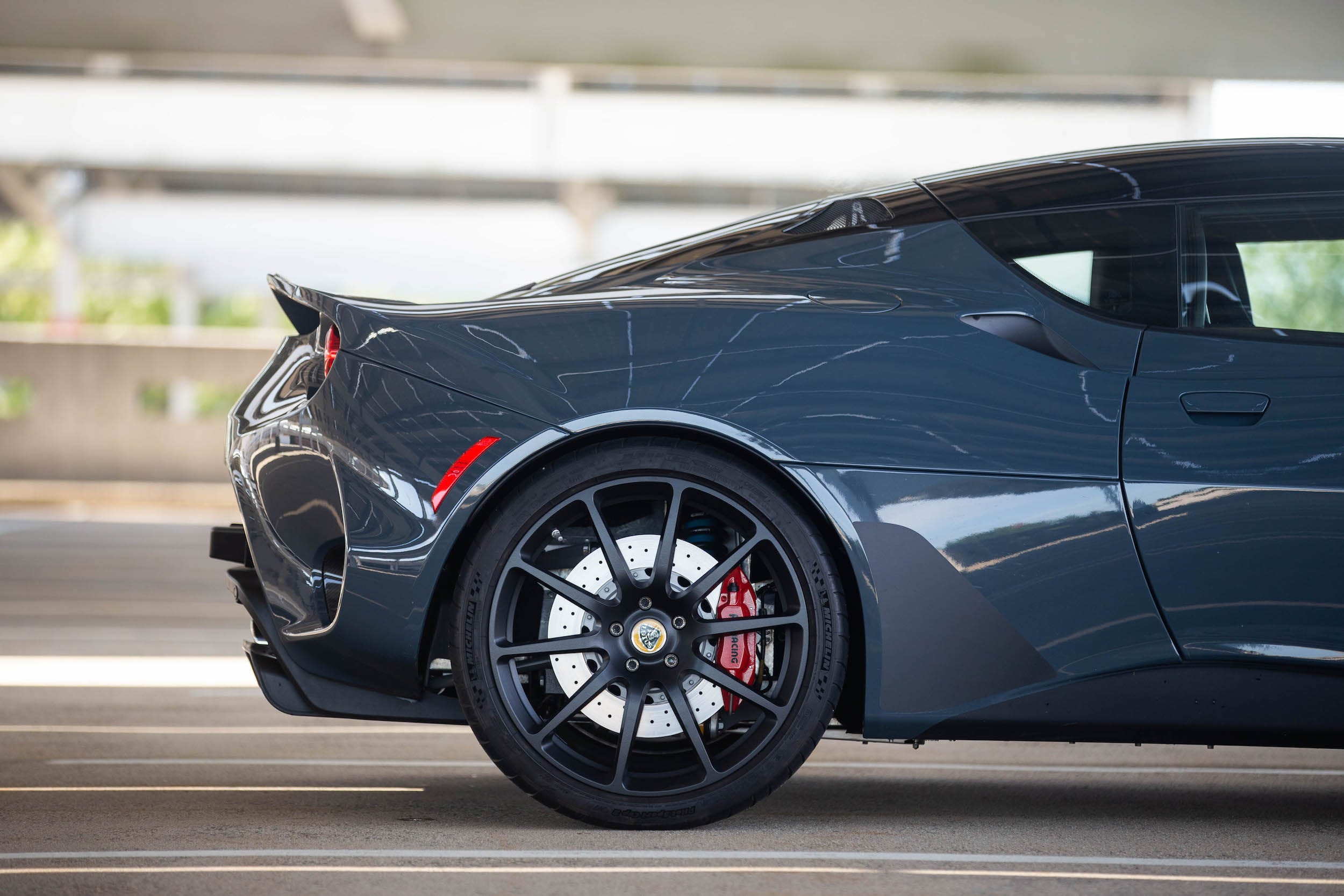
Kristen Lee/Business Insider
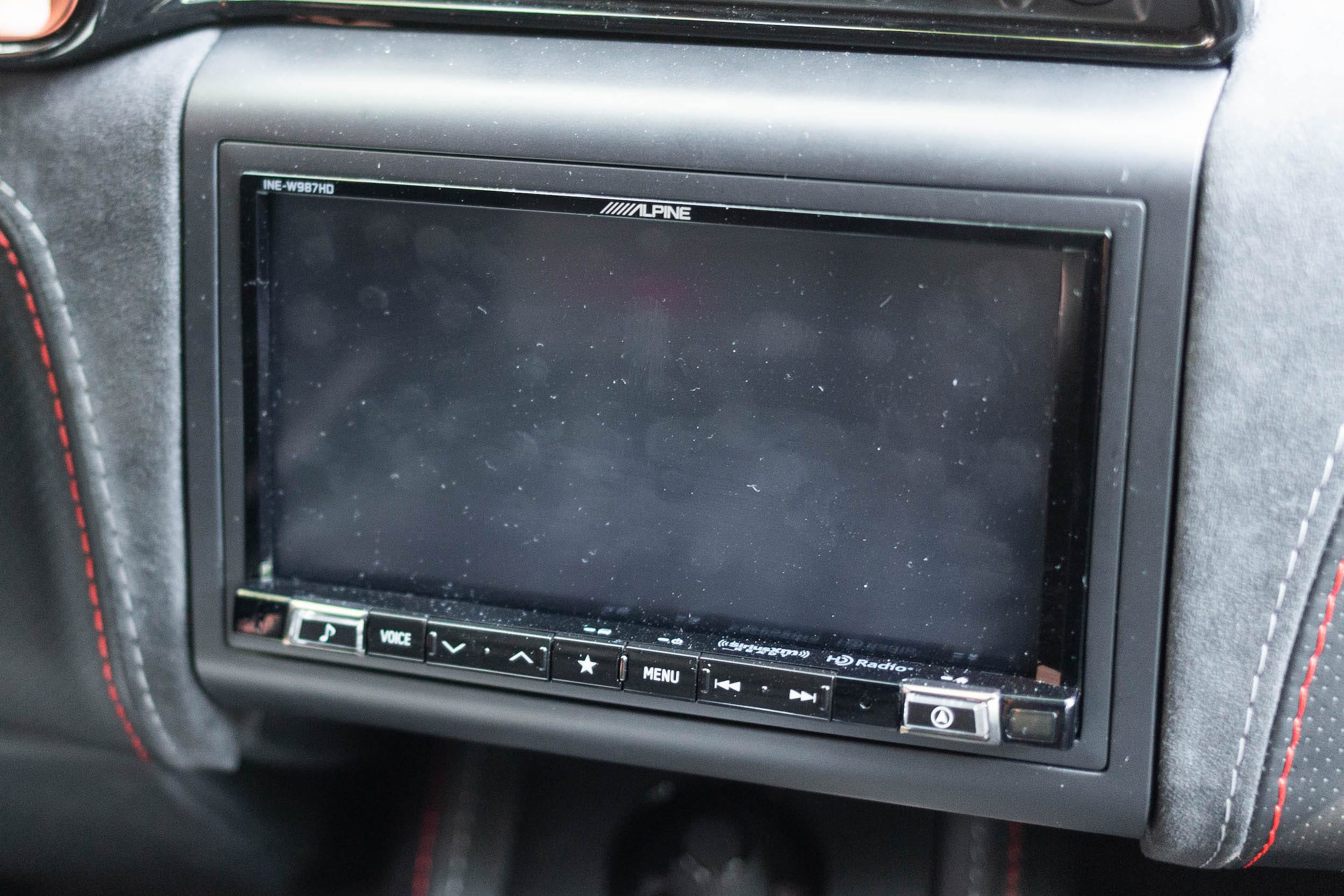
Kristen Lee/Business Insider
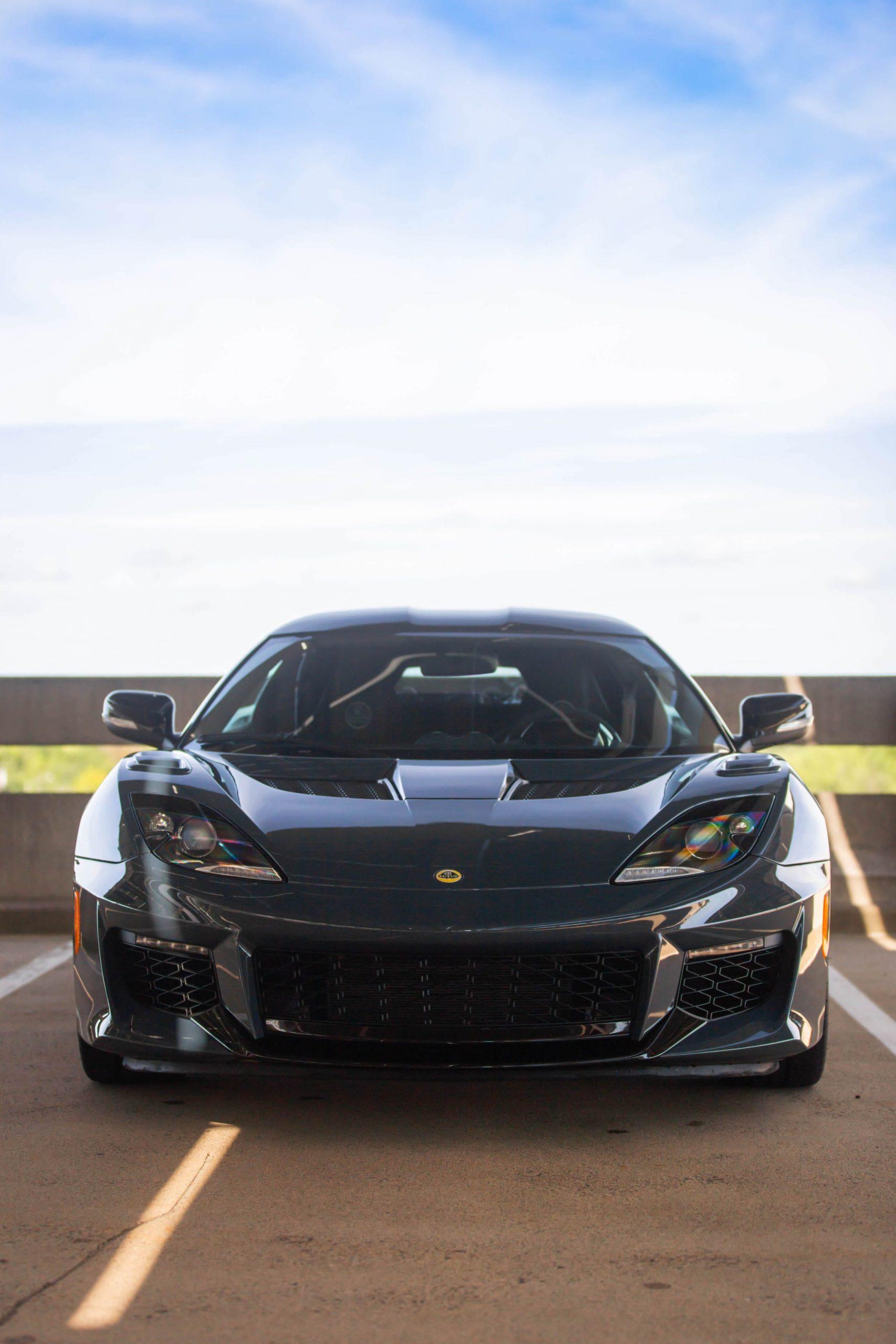
Kristen Lee/Business Insider
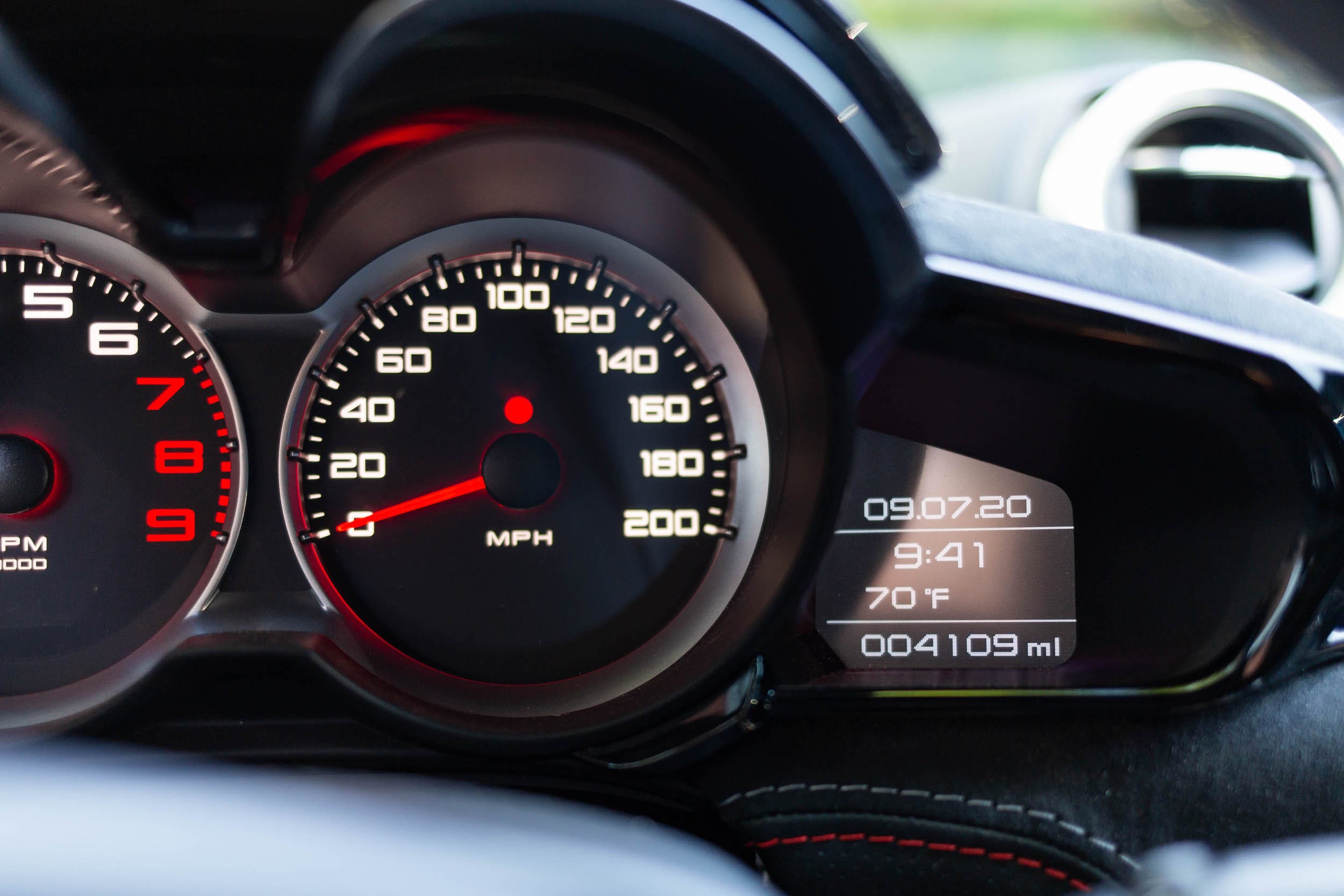
Kristen Lee/Business Insider
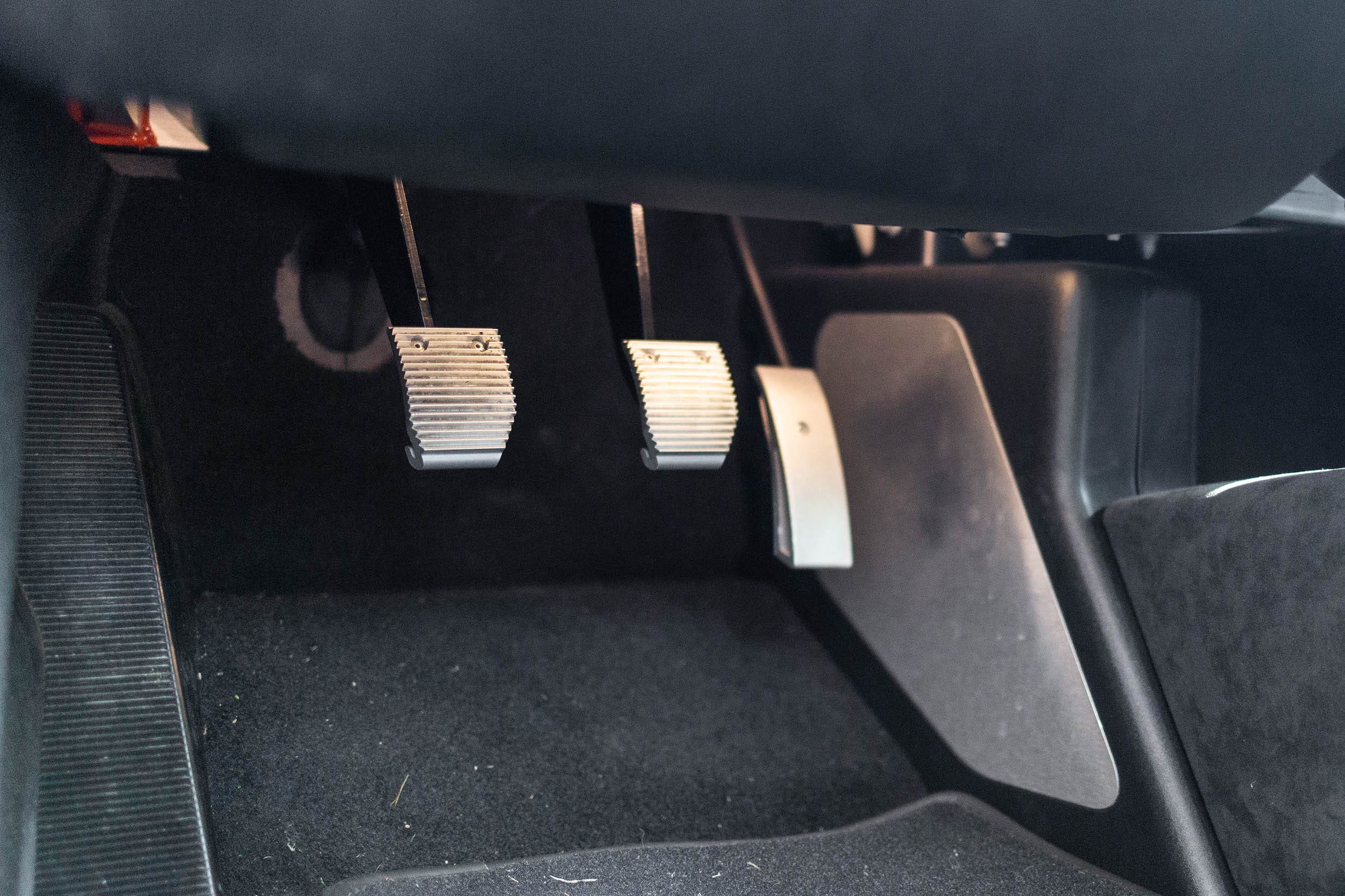
Kristen Lee/Business Insider

Kristen Lee/Business Insider
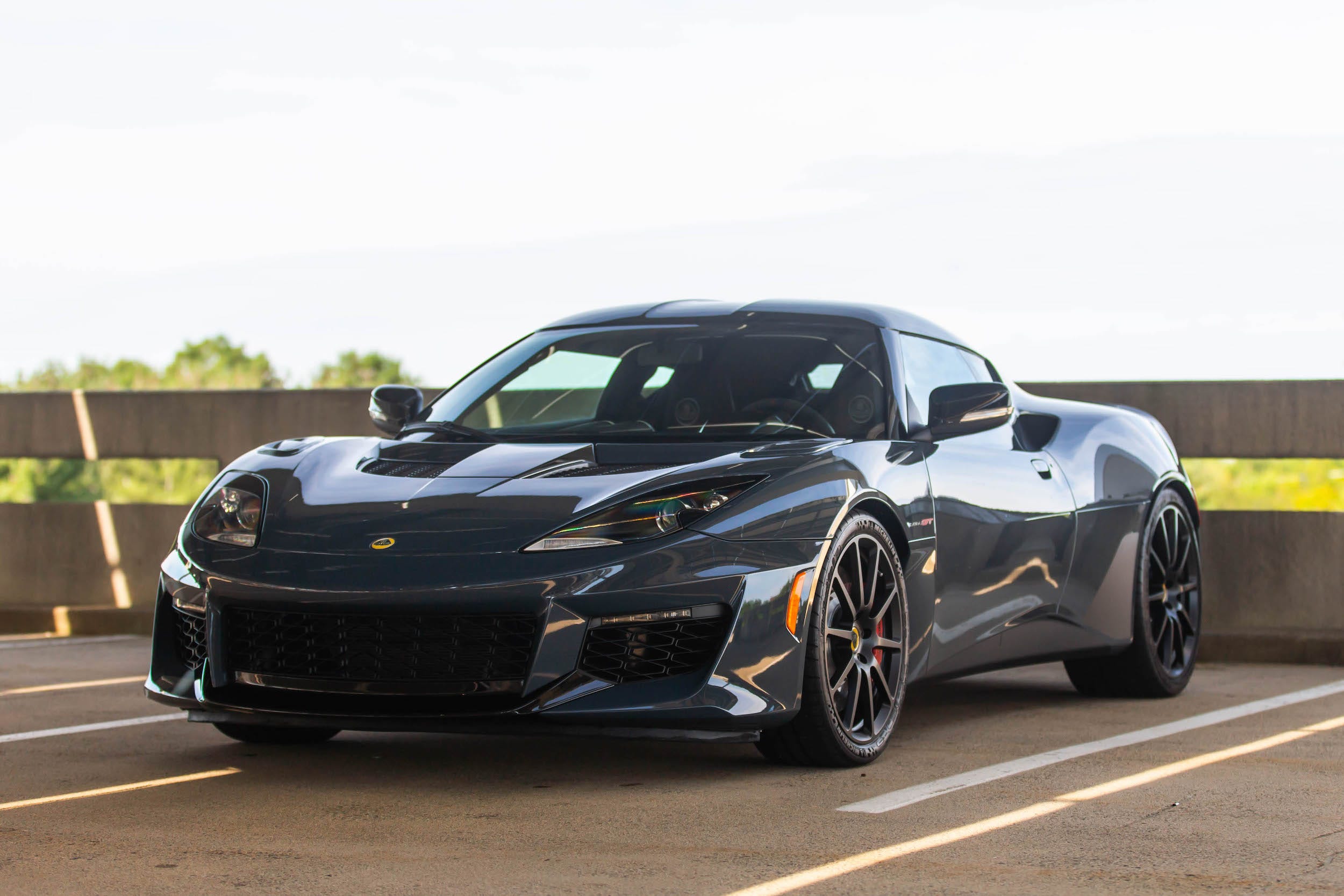
Kristen Lee/Business Insider

